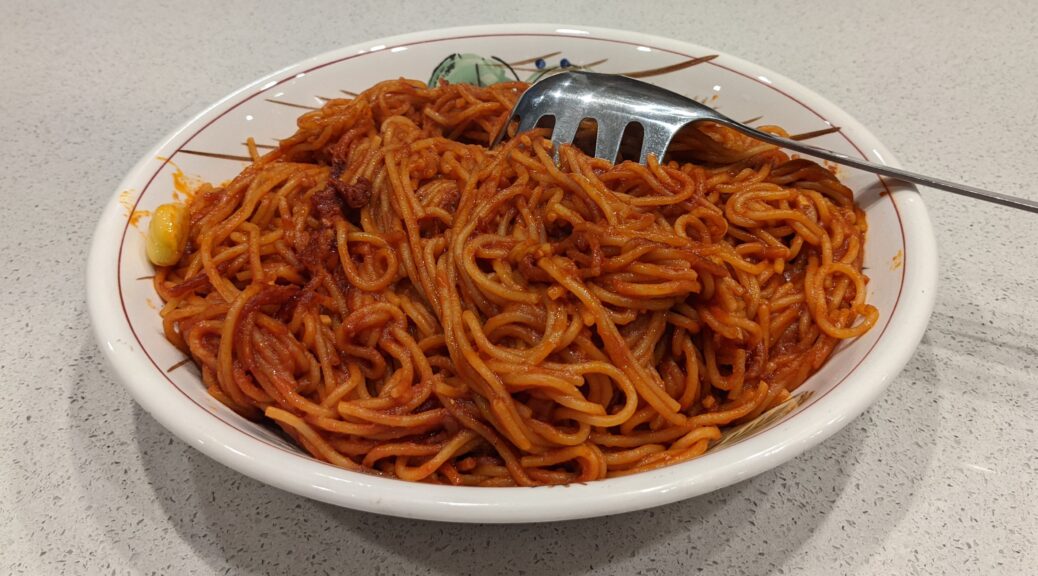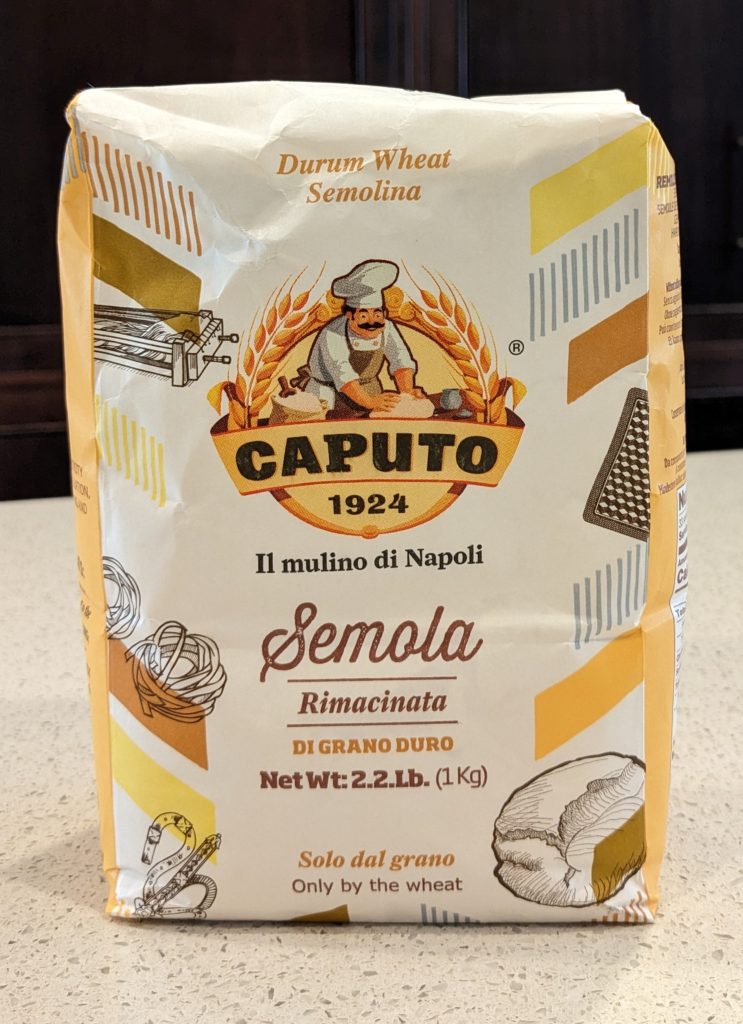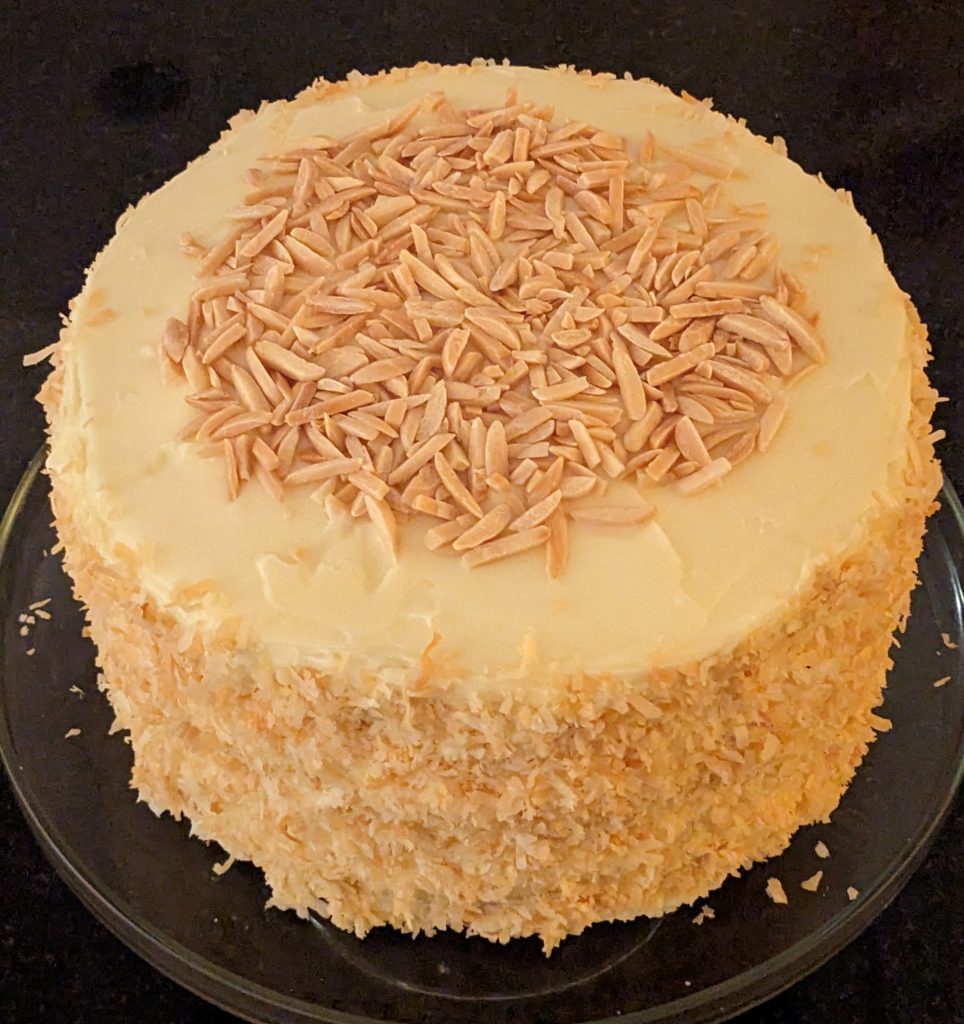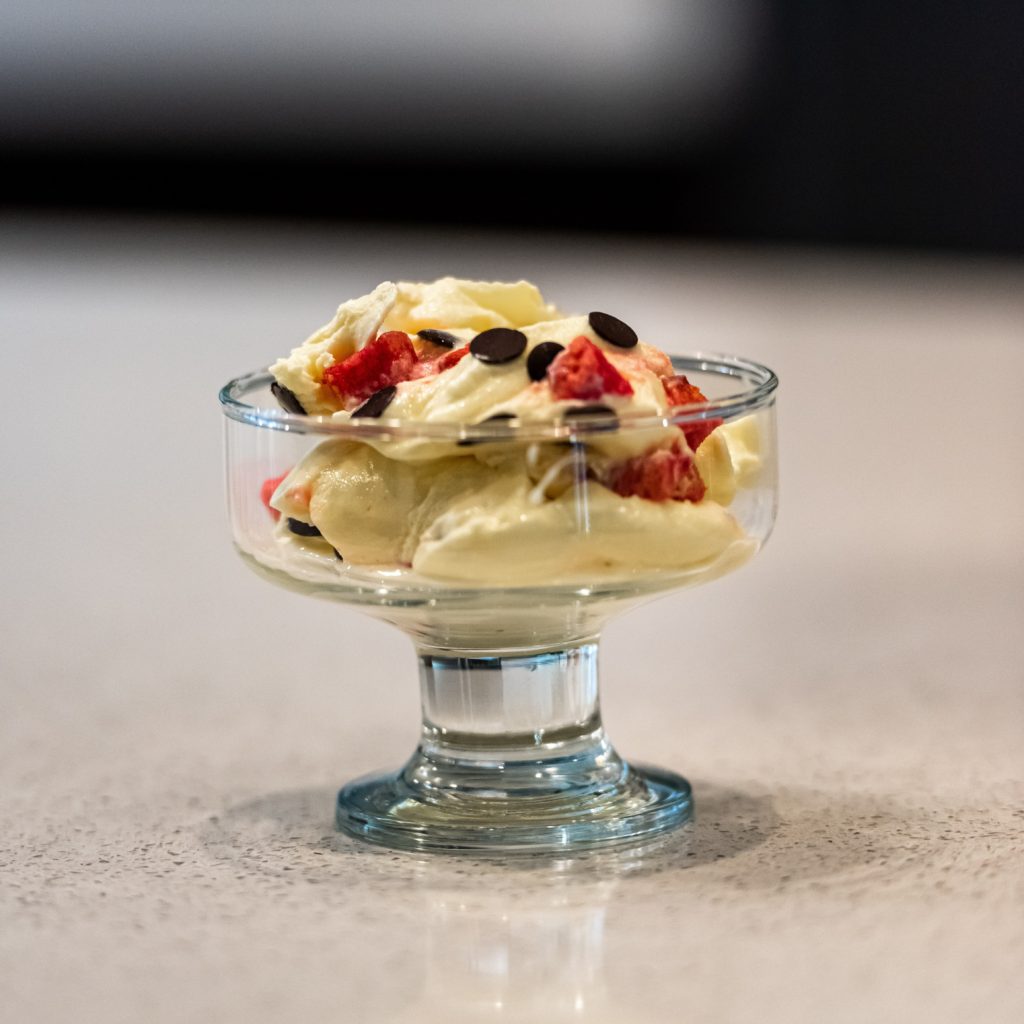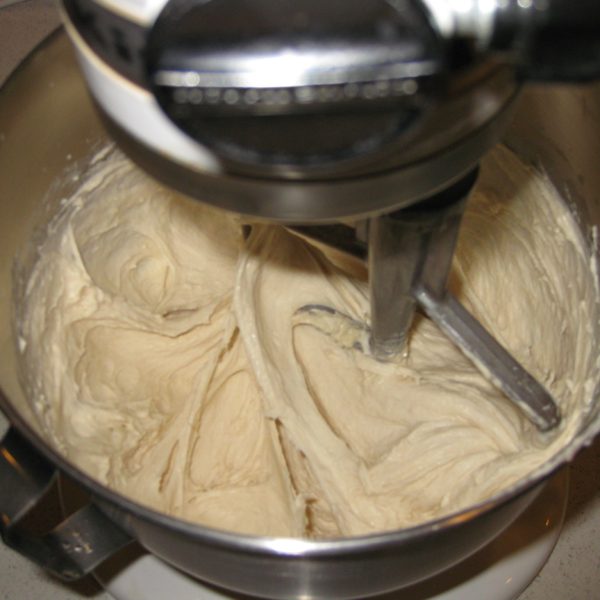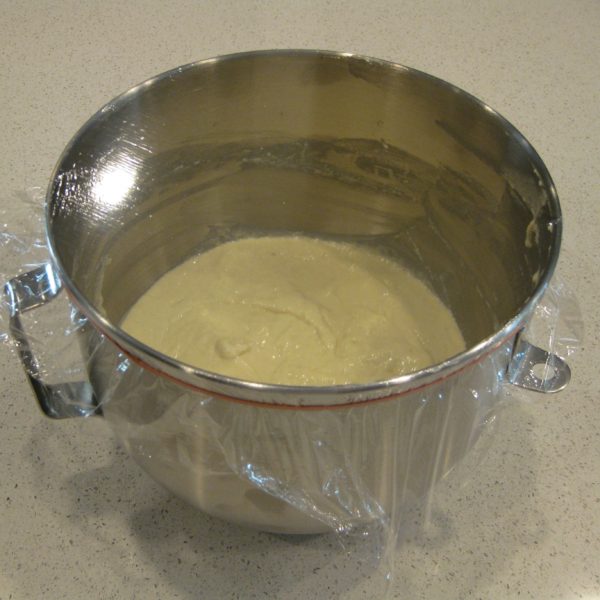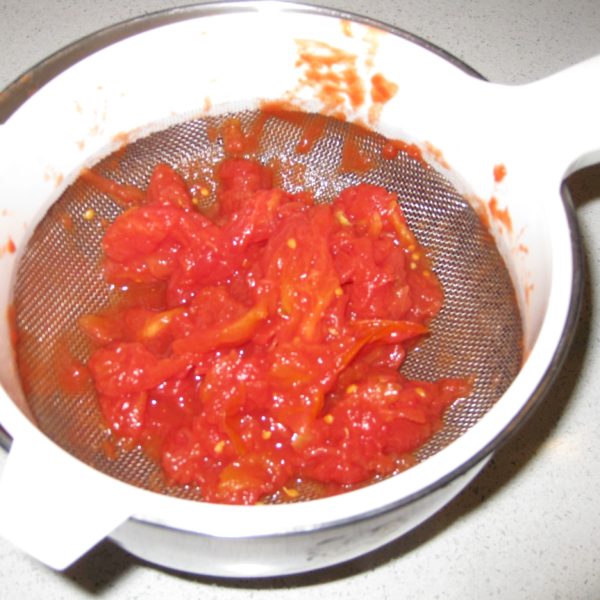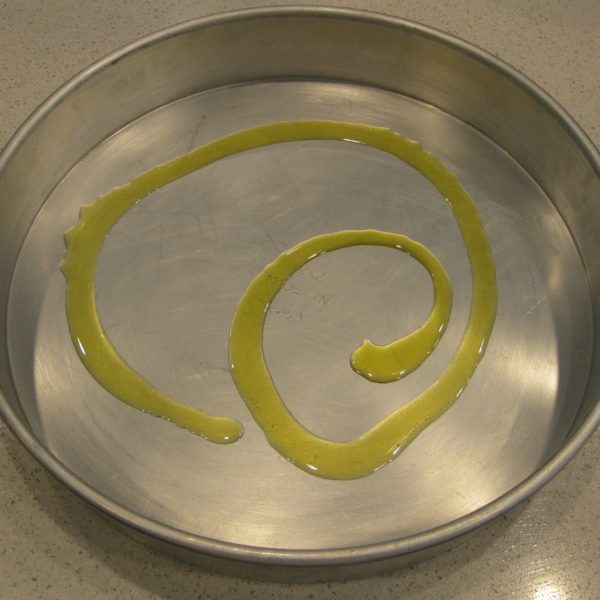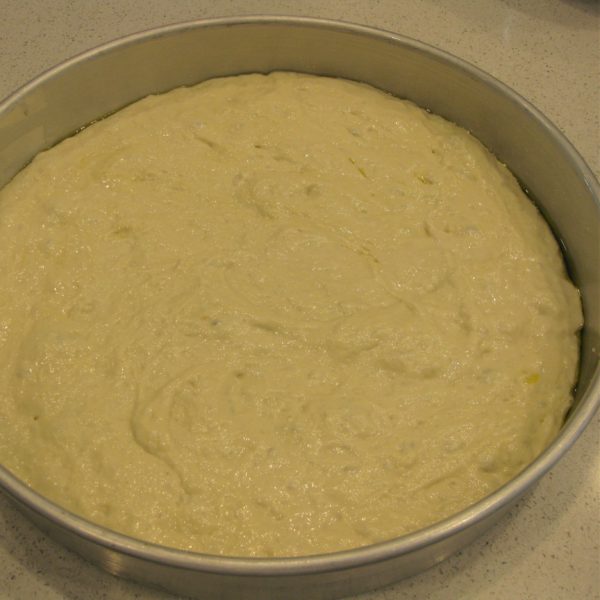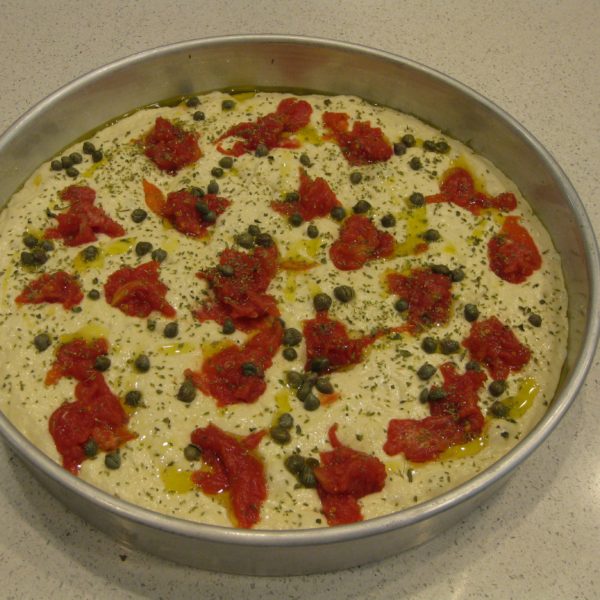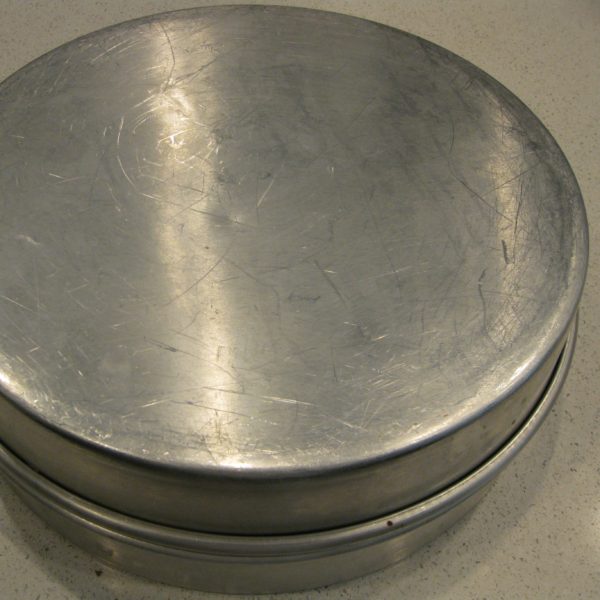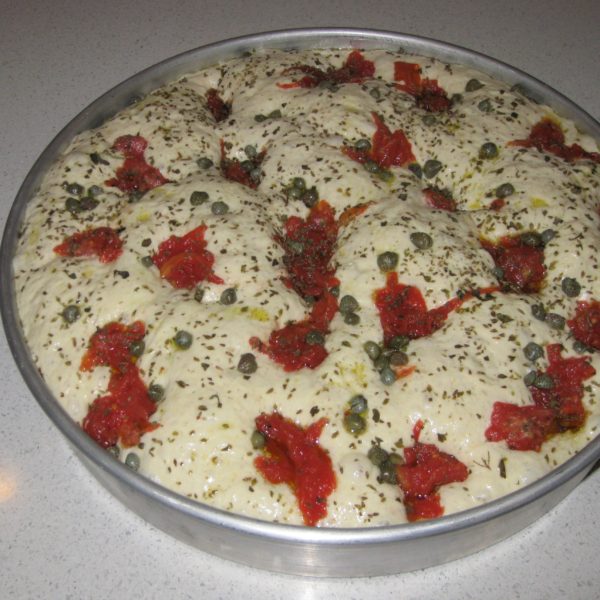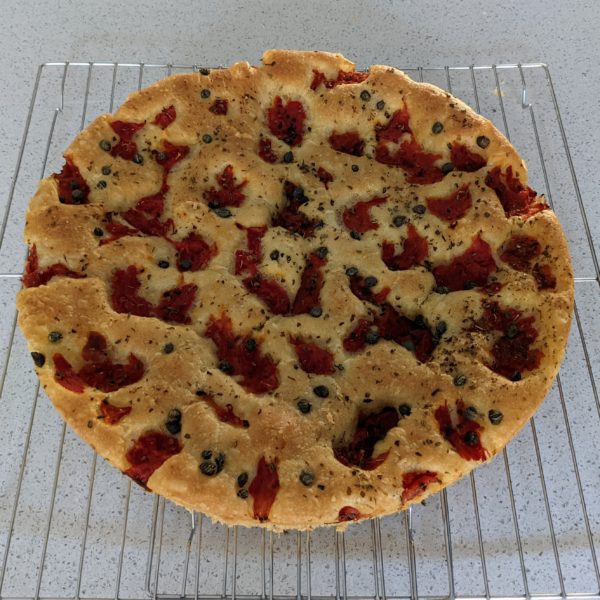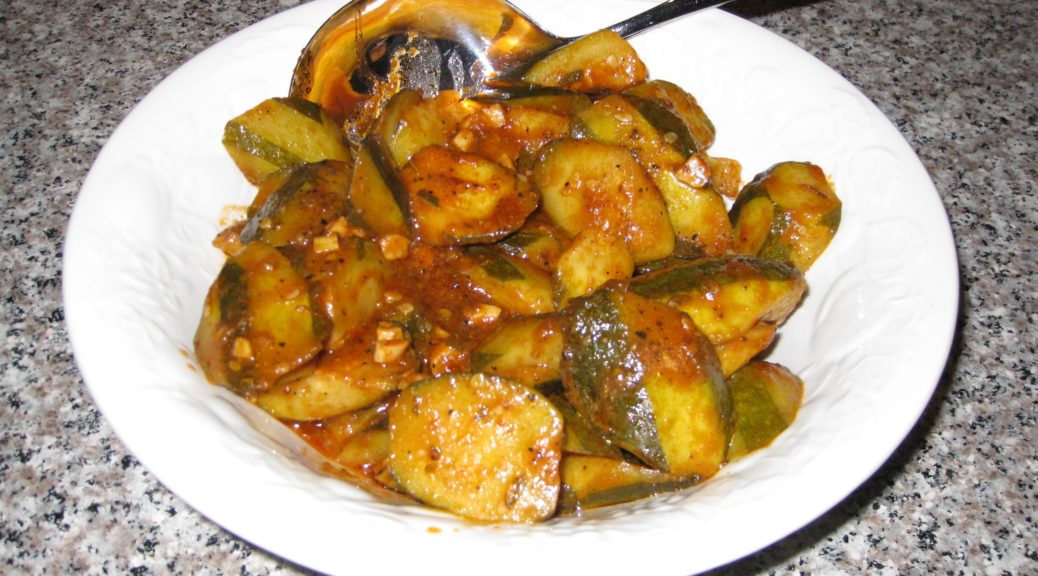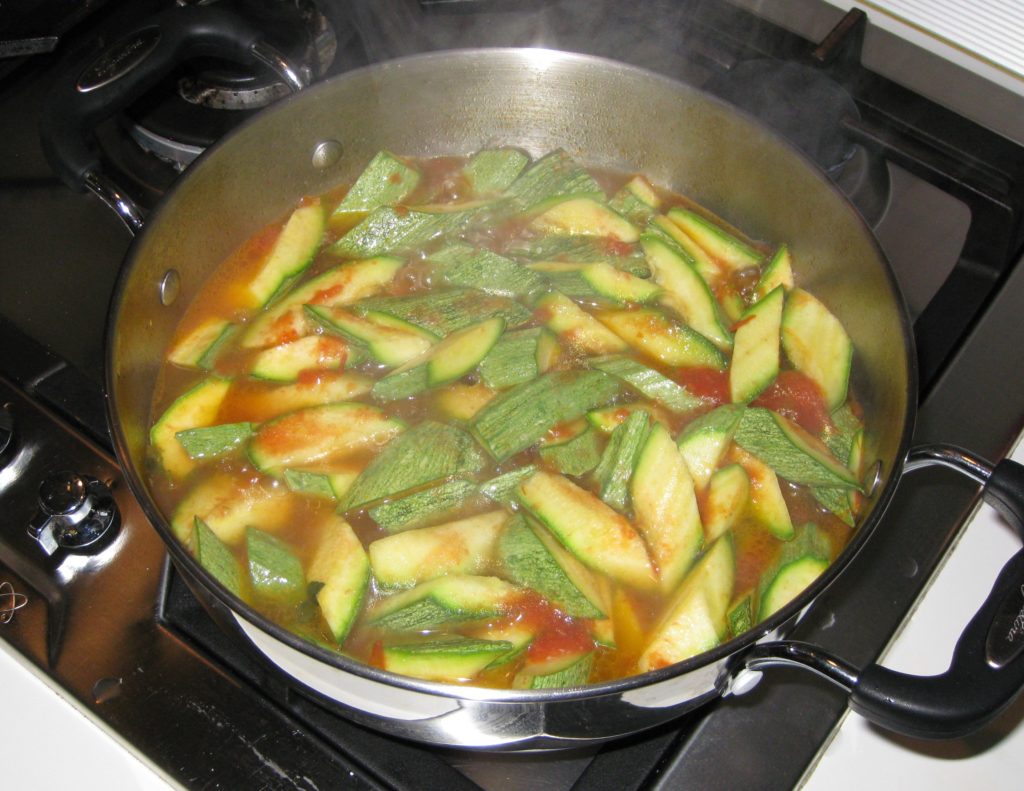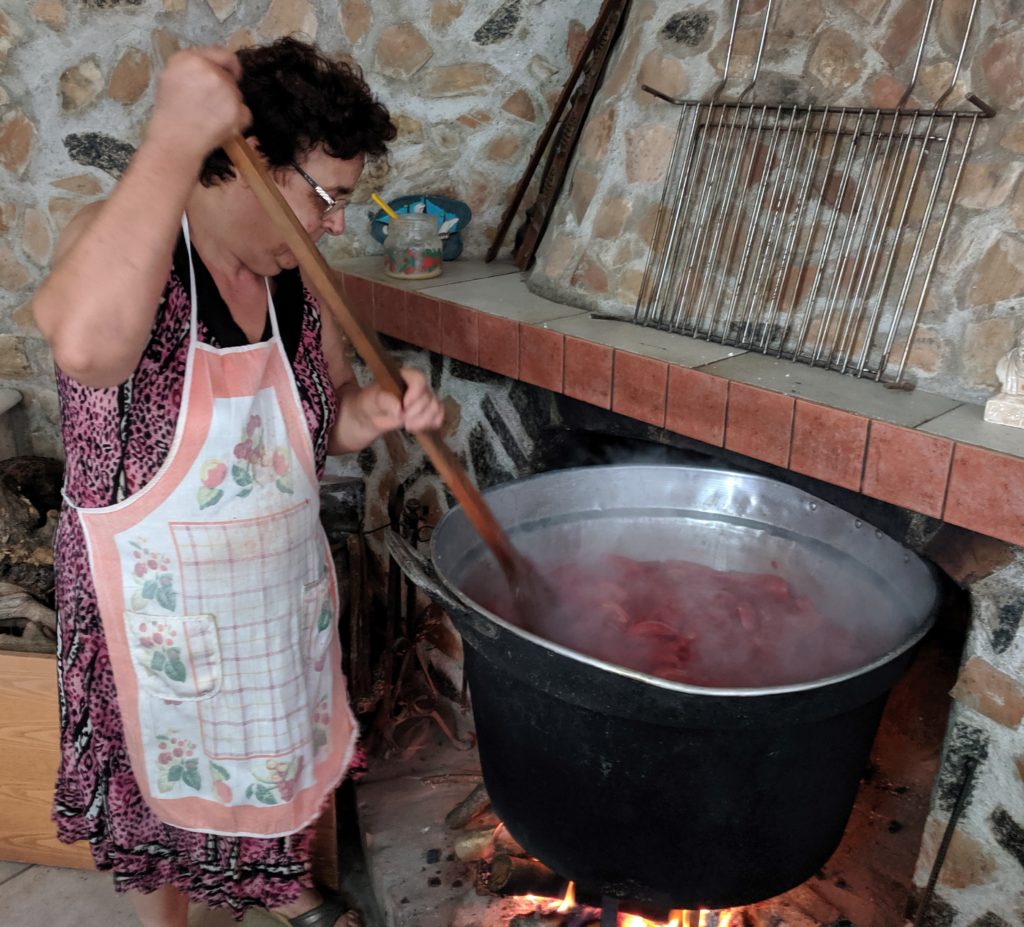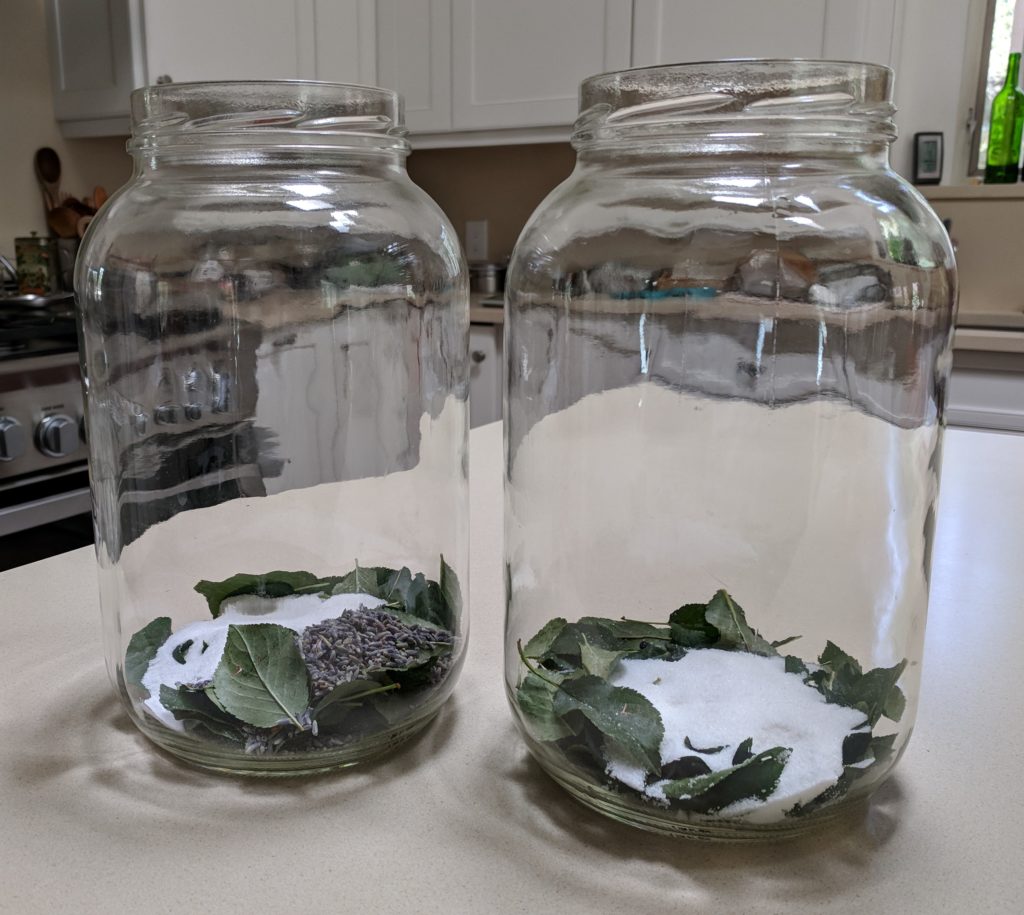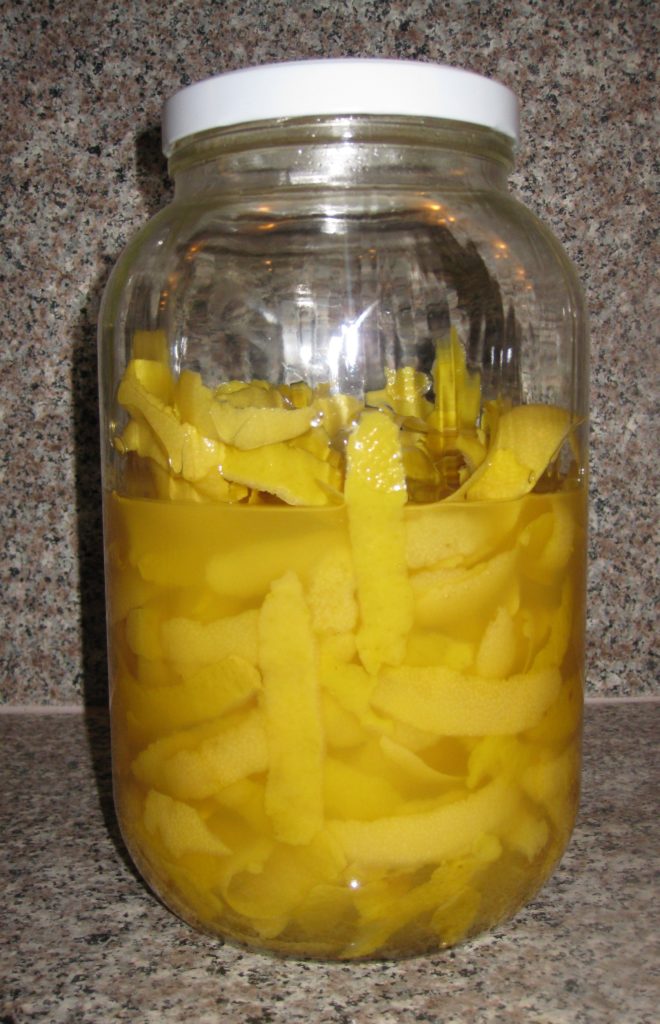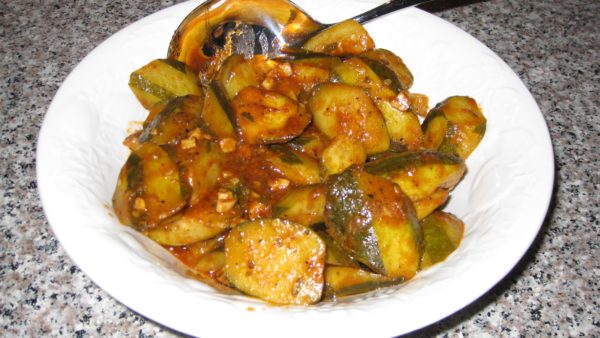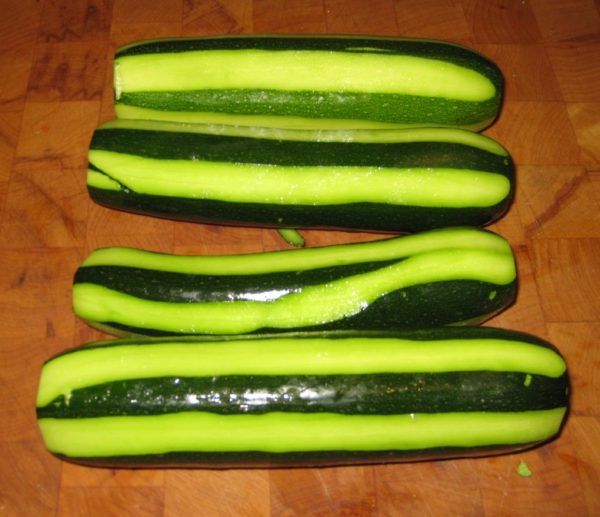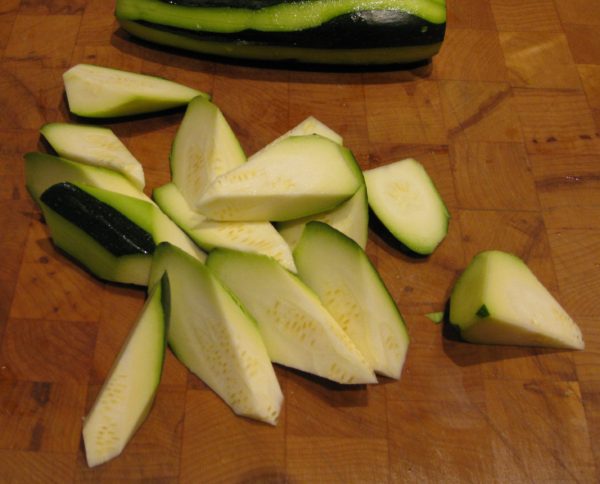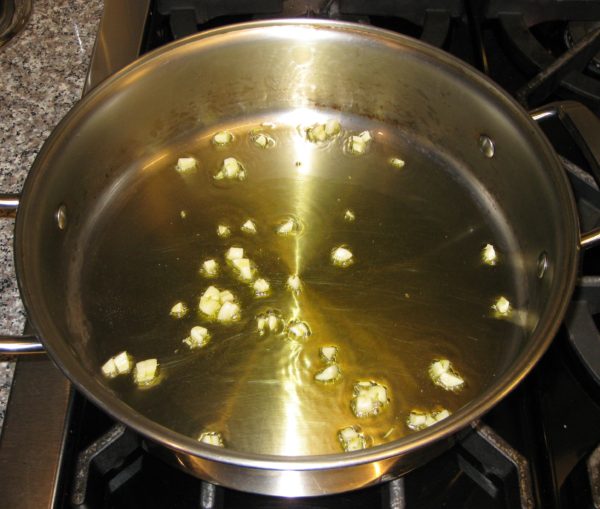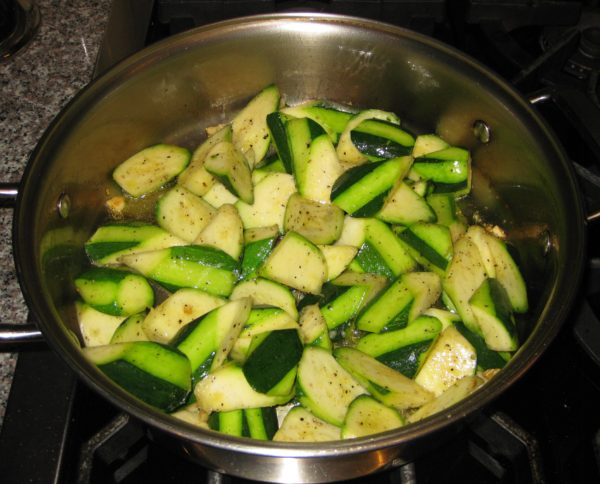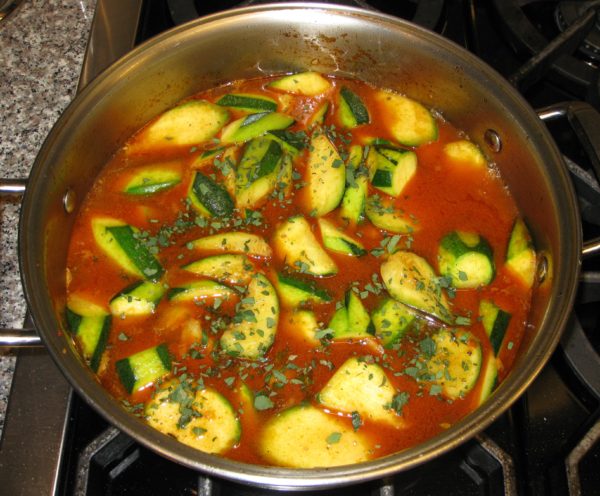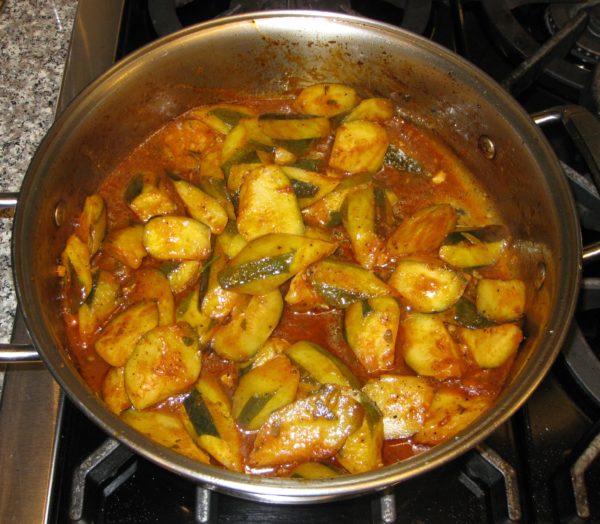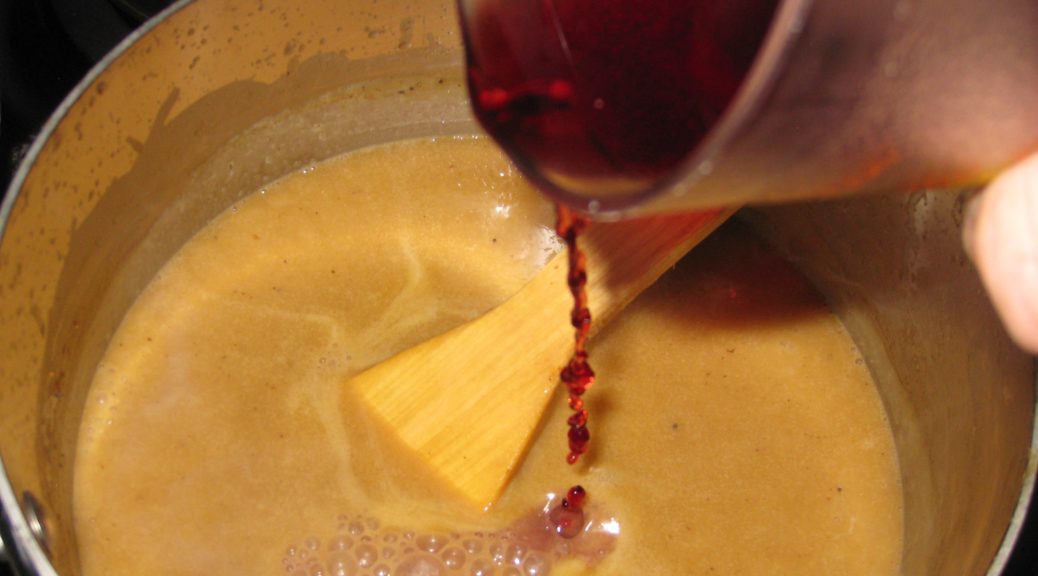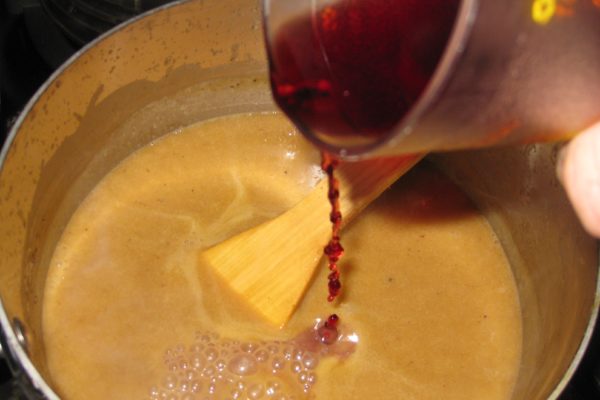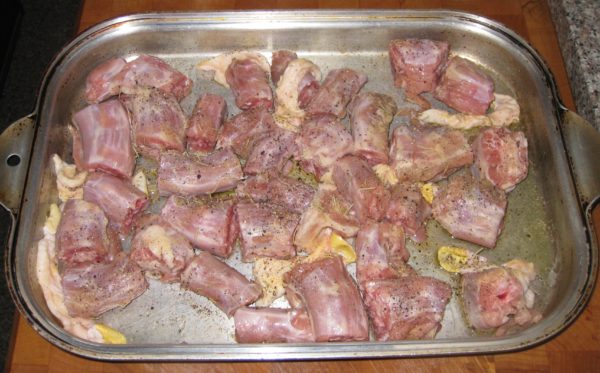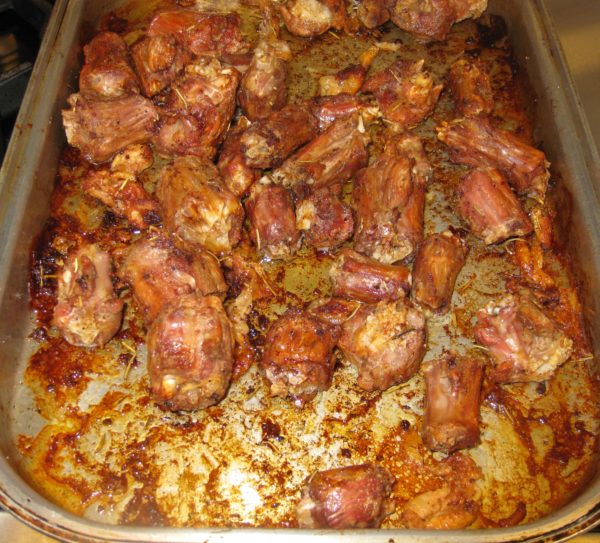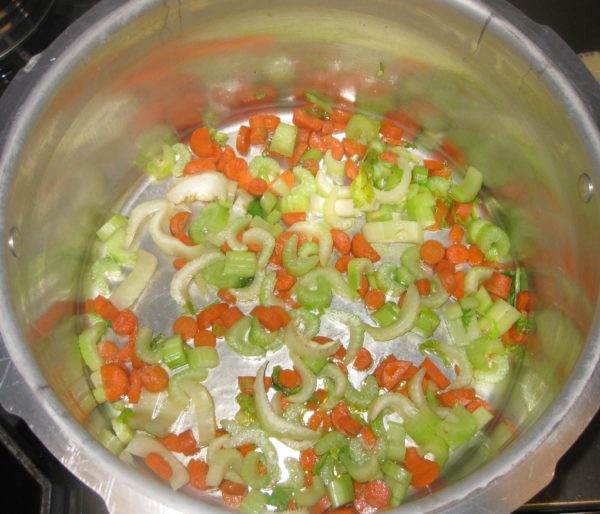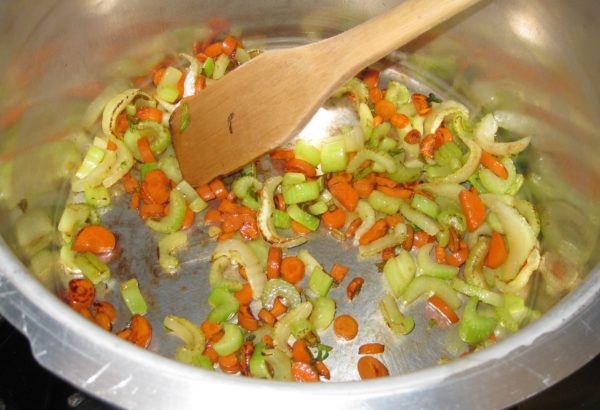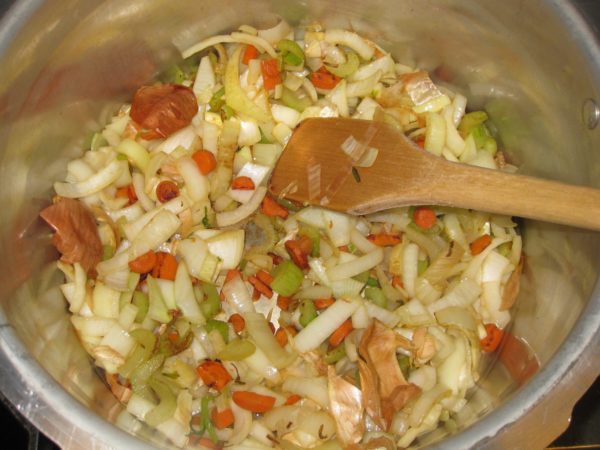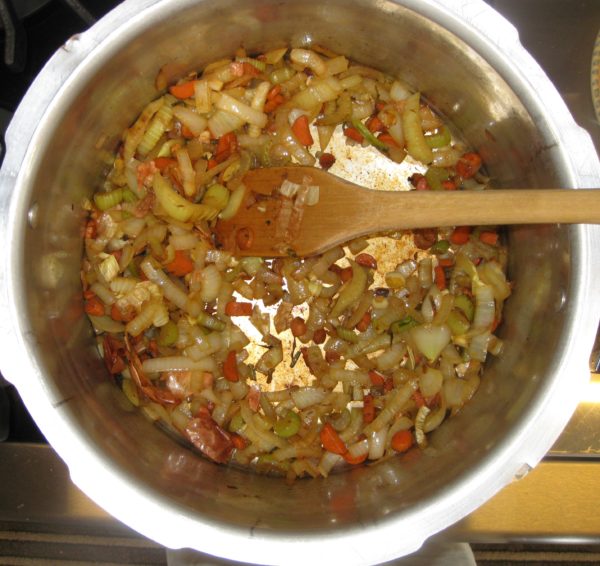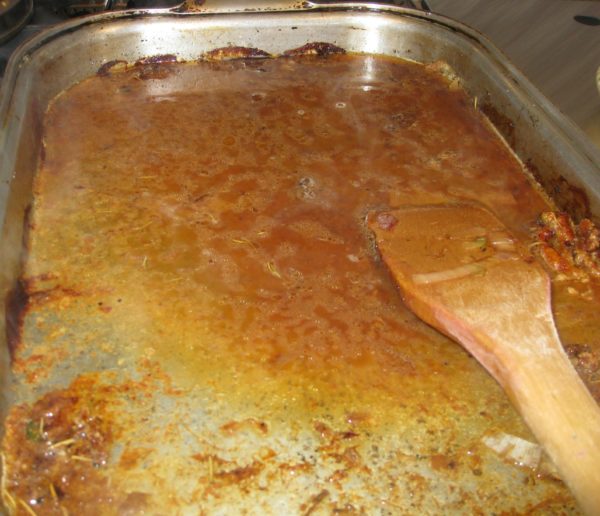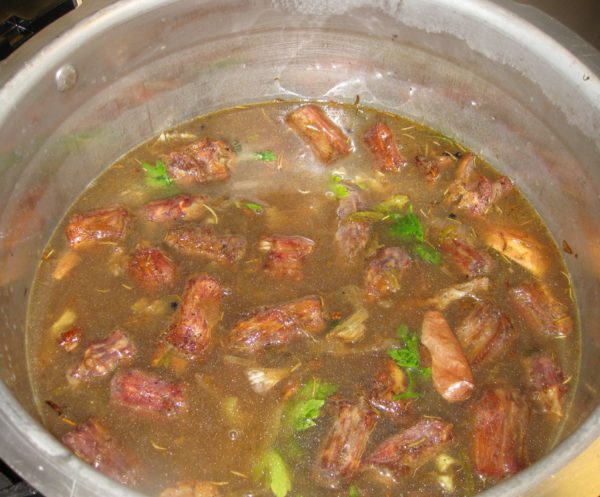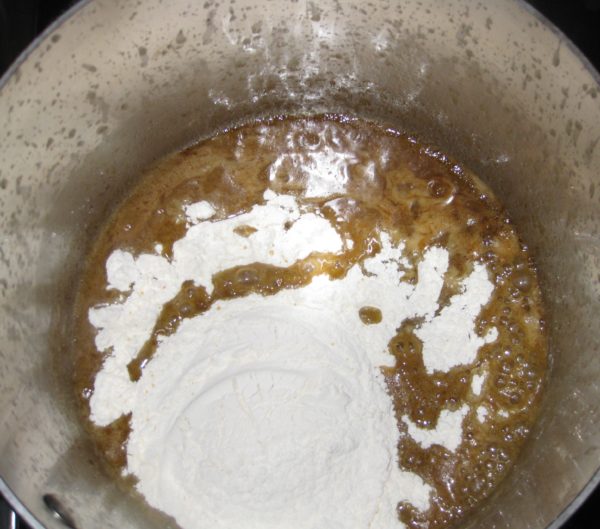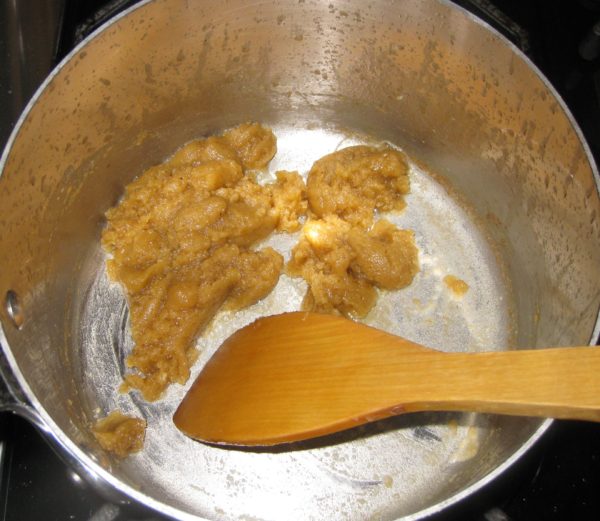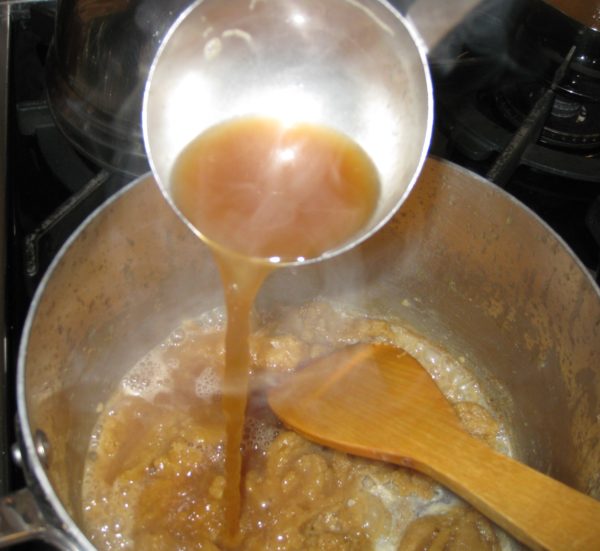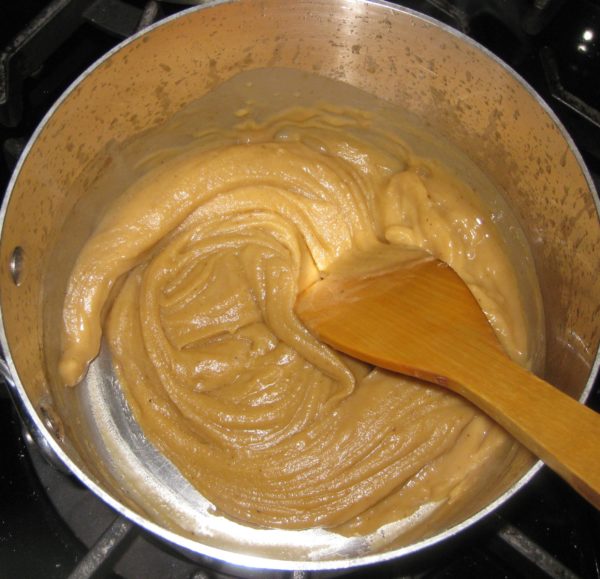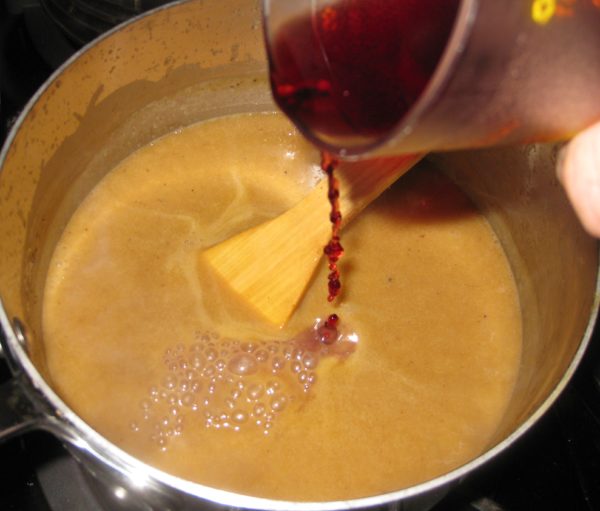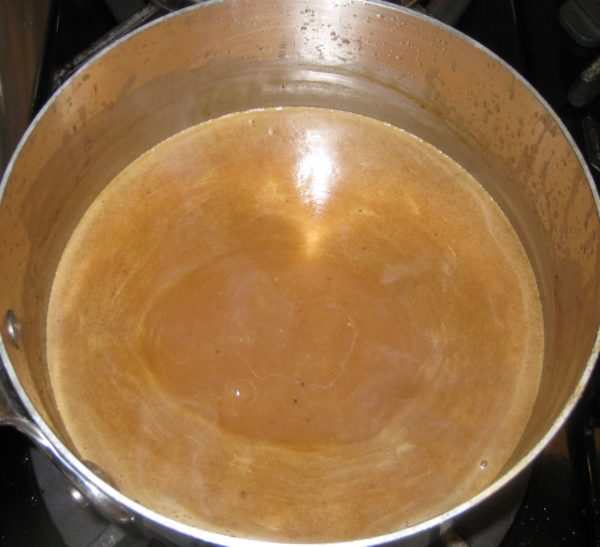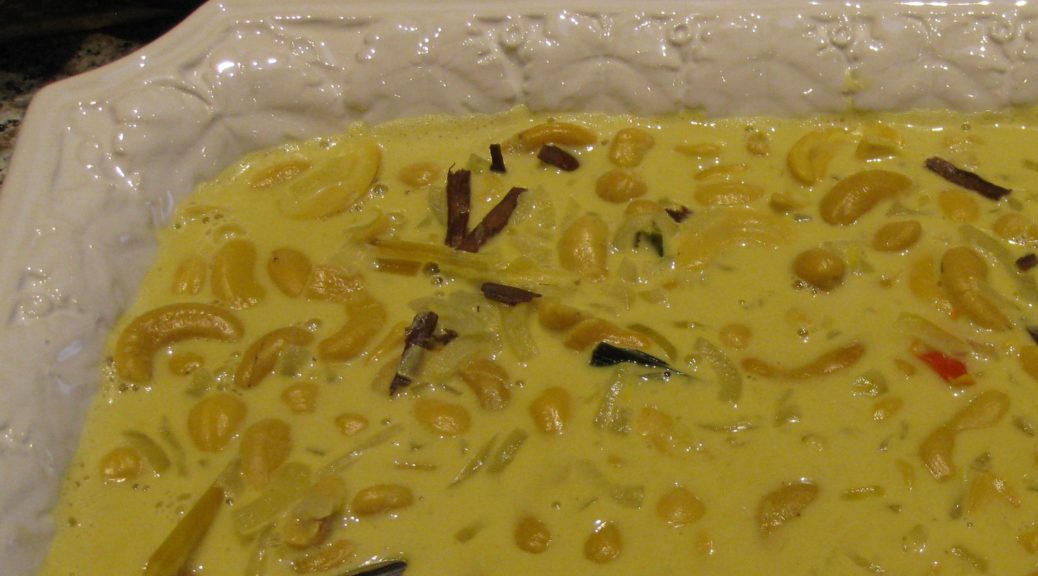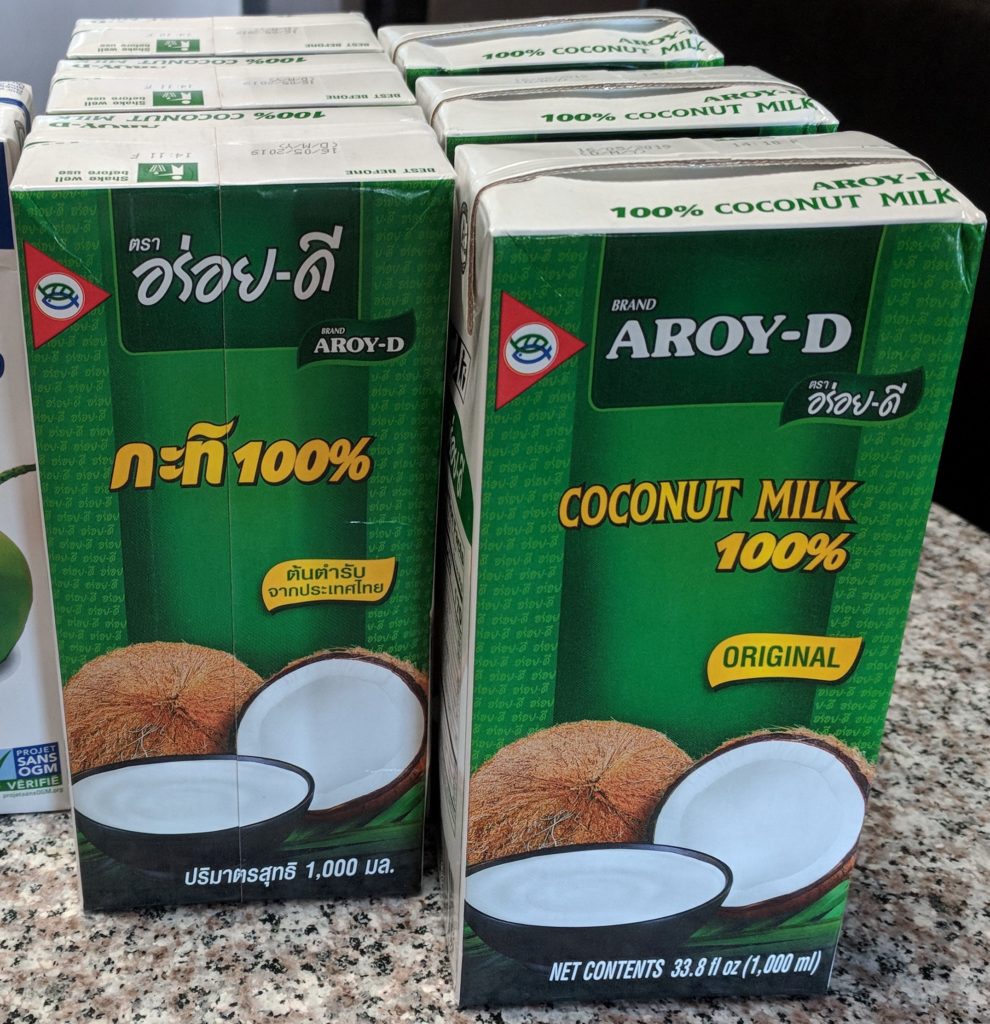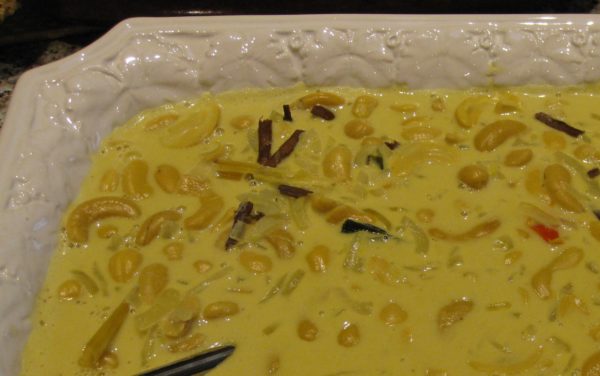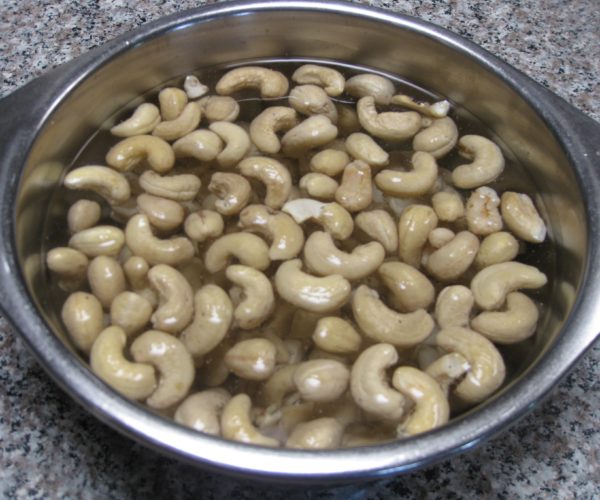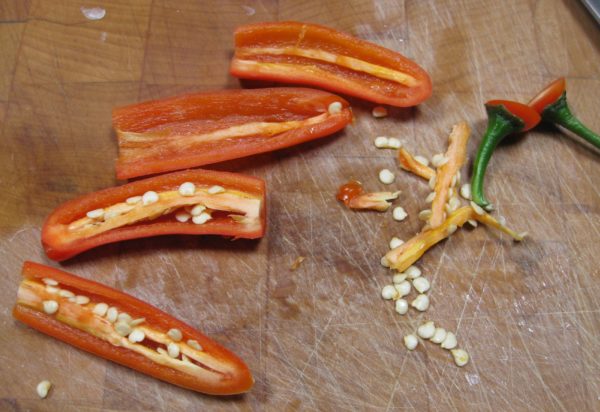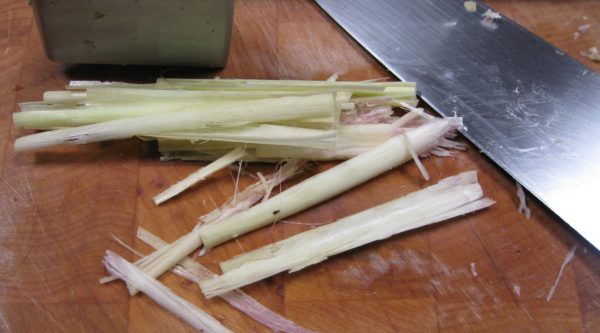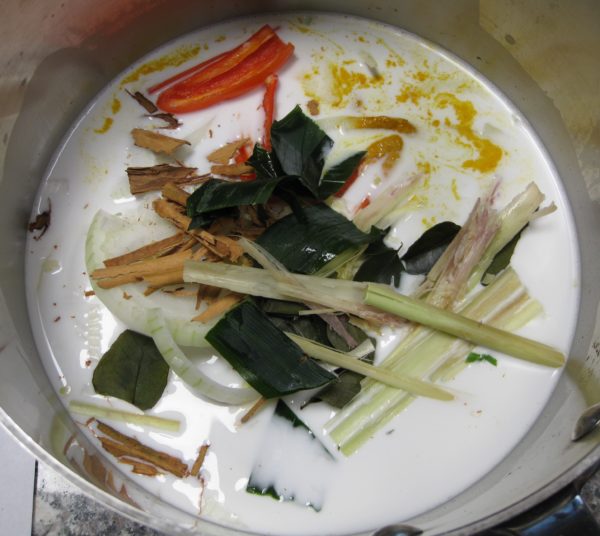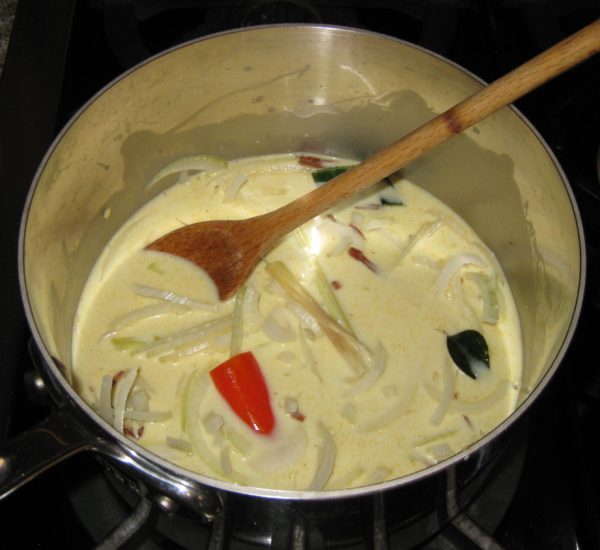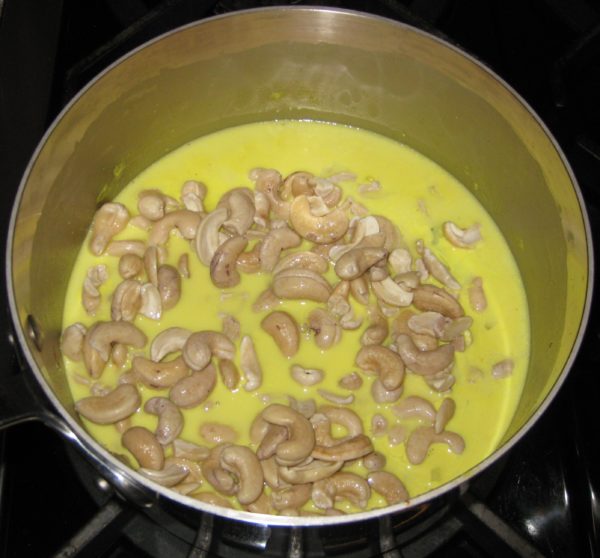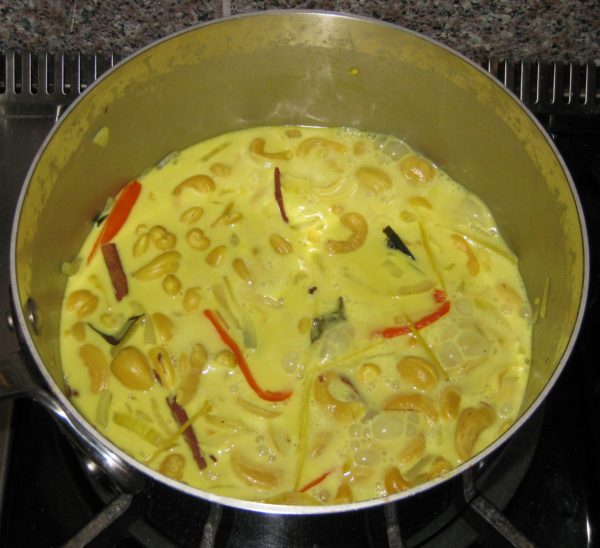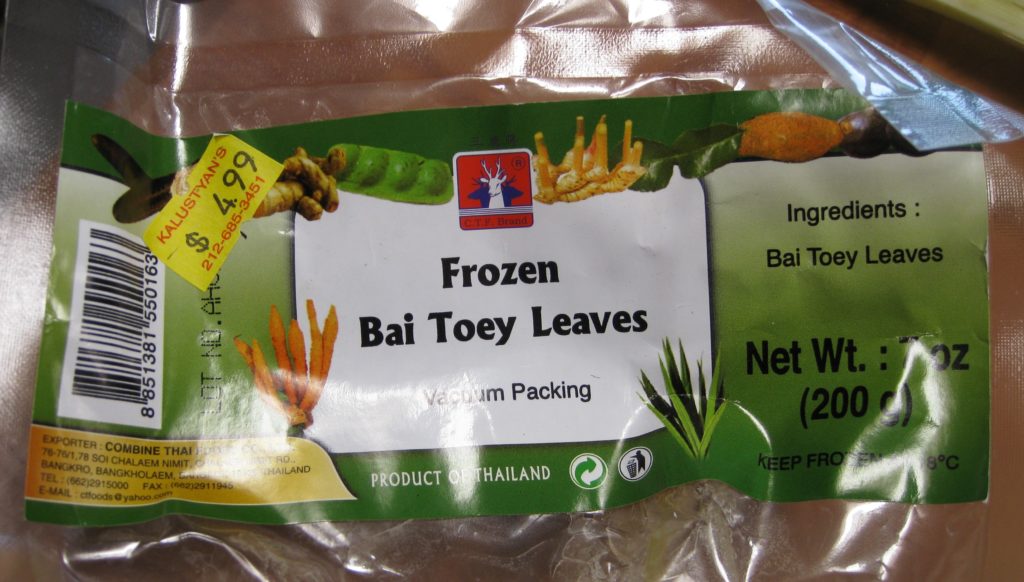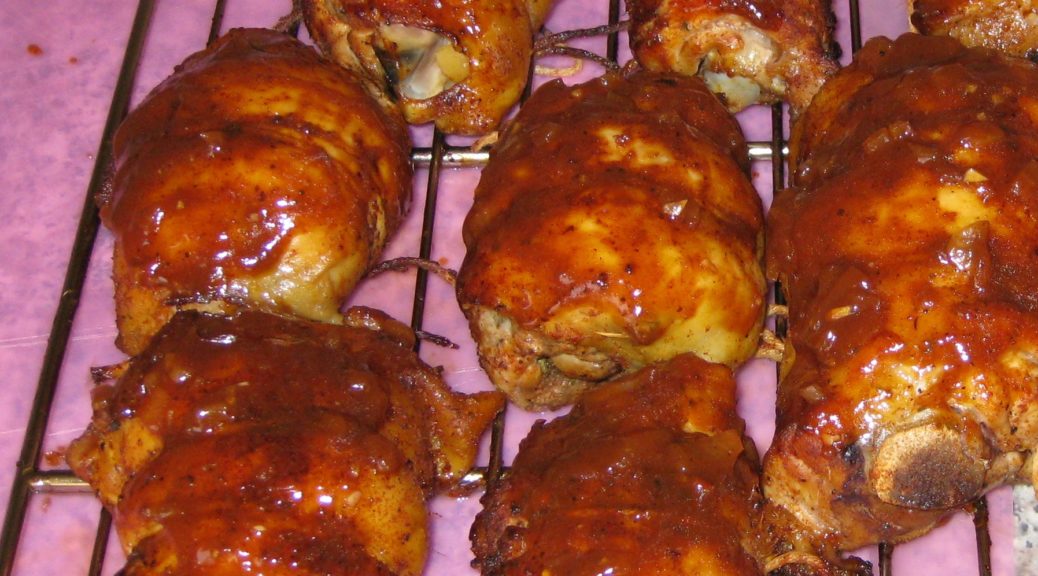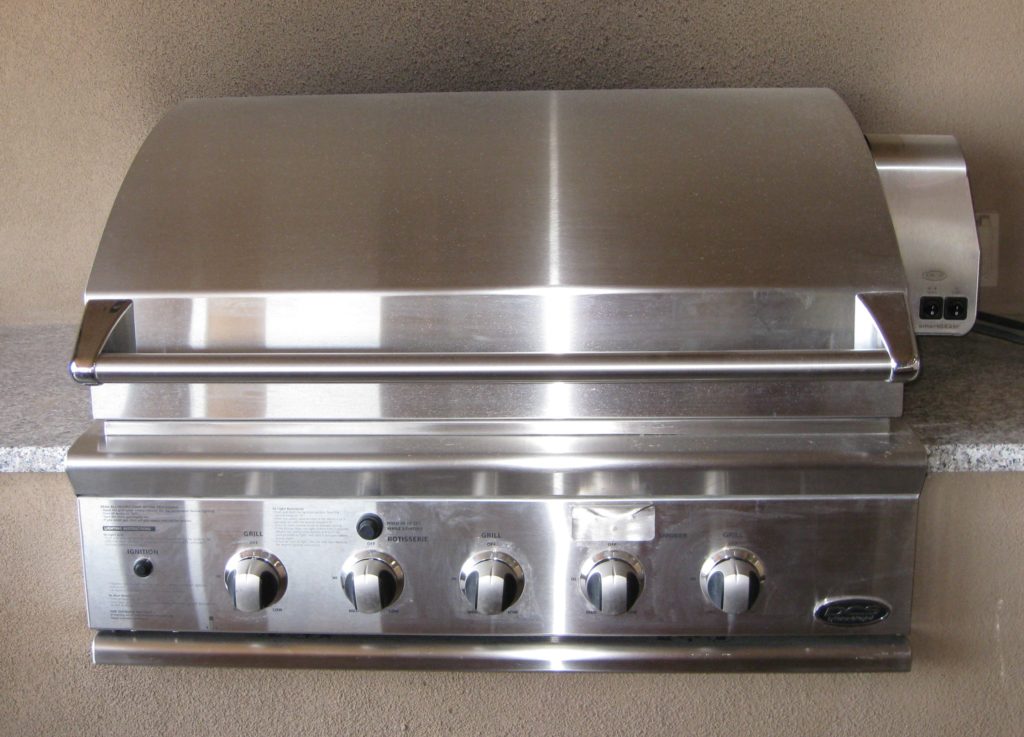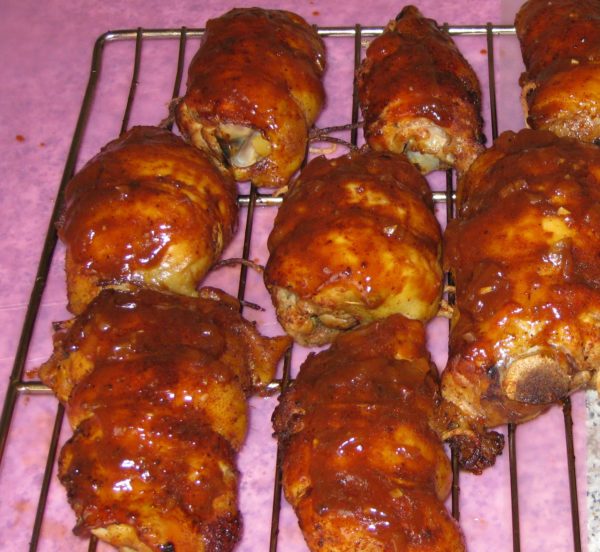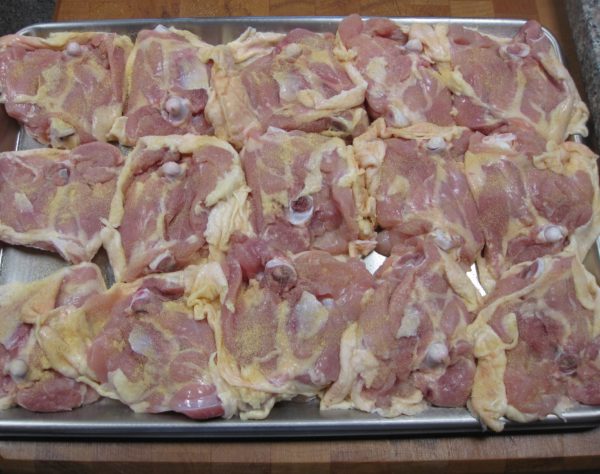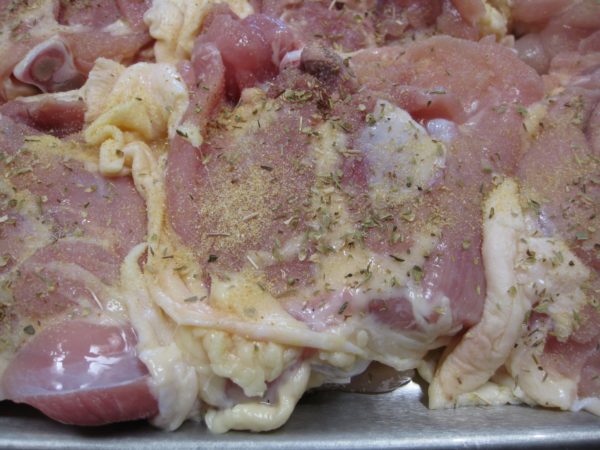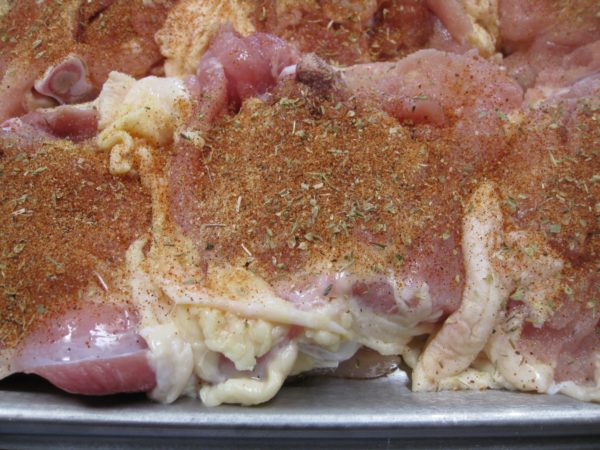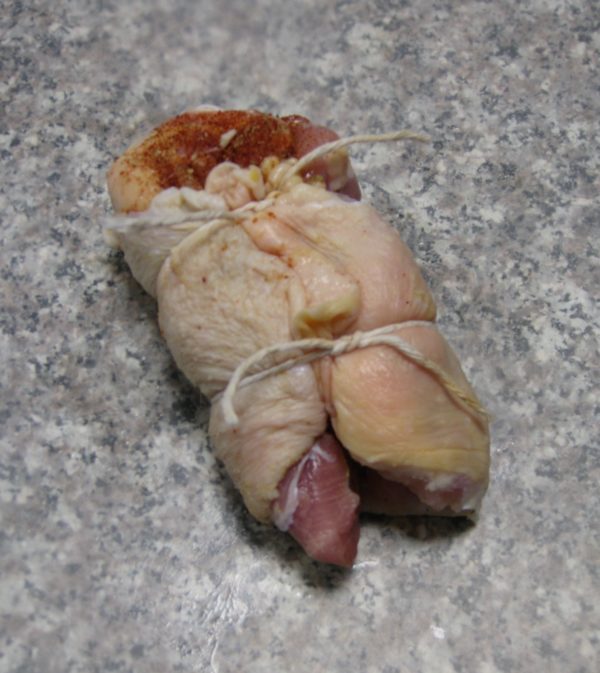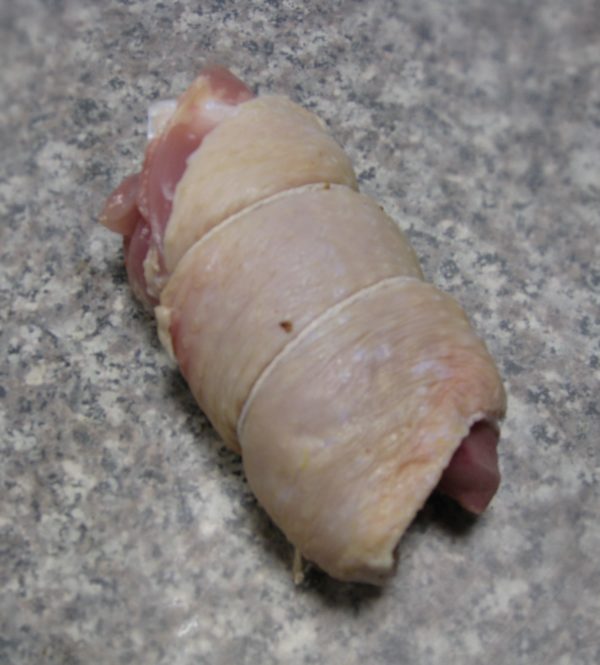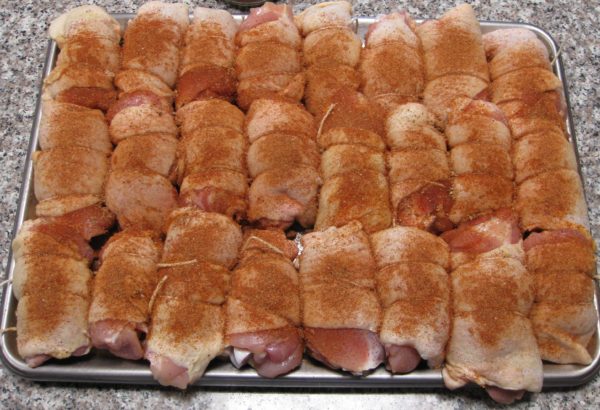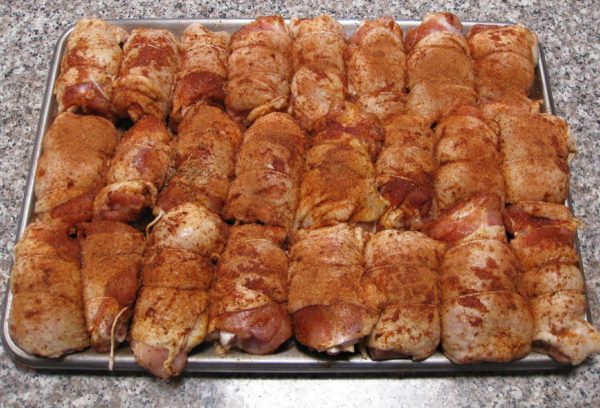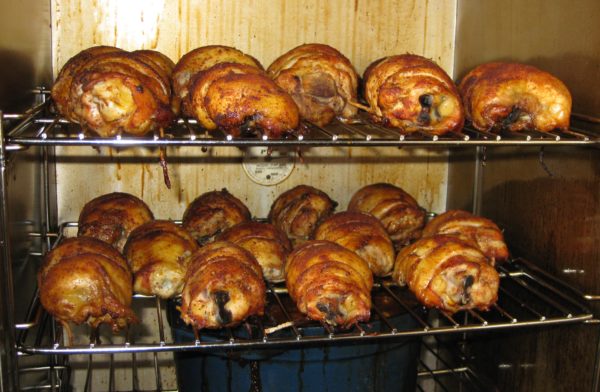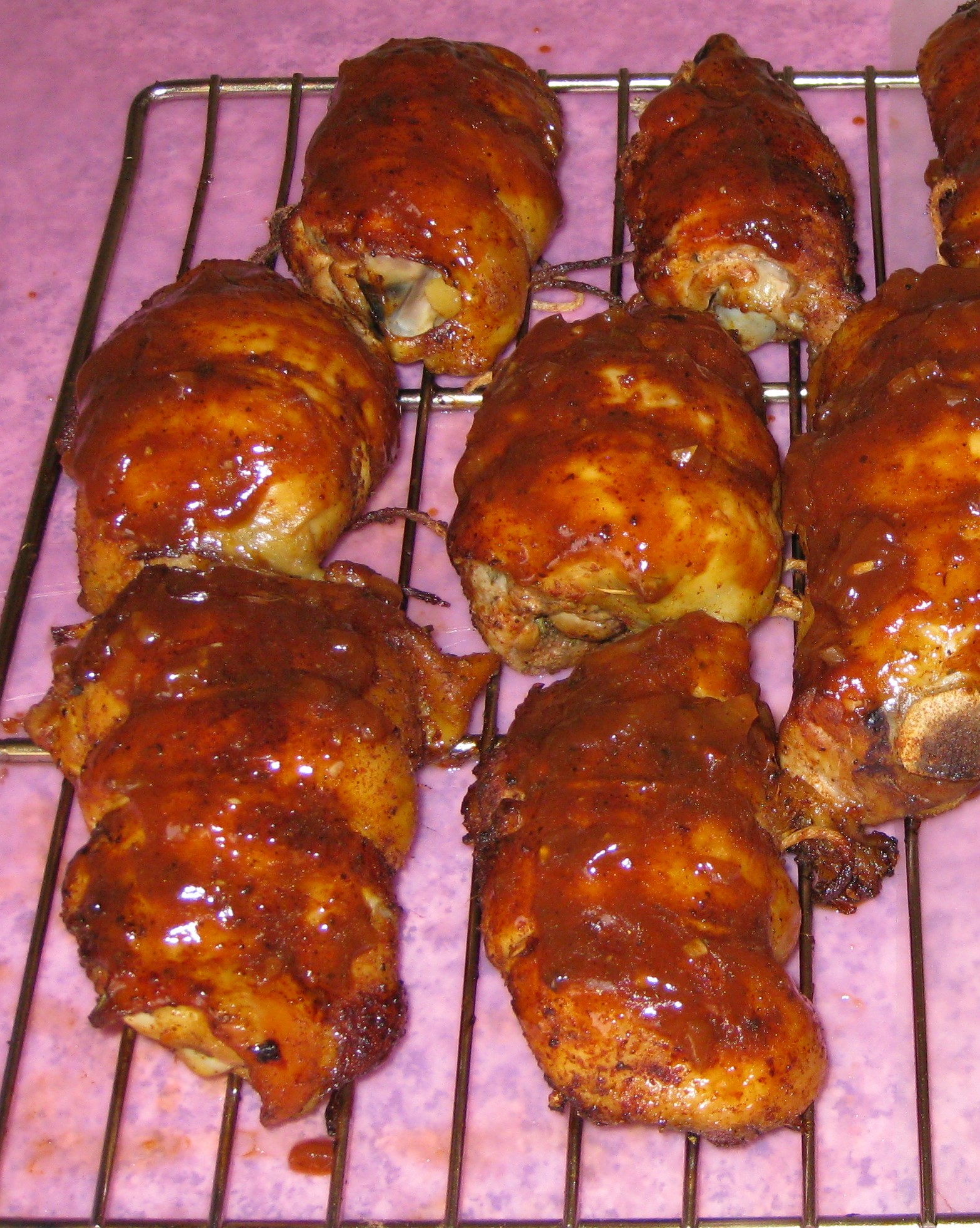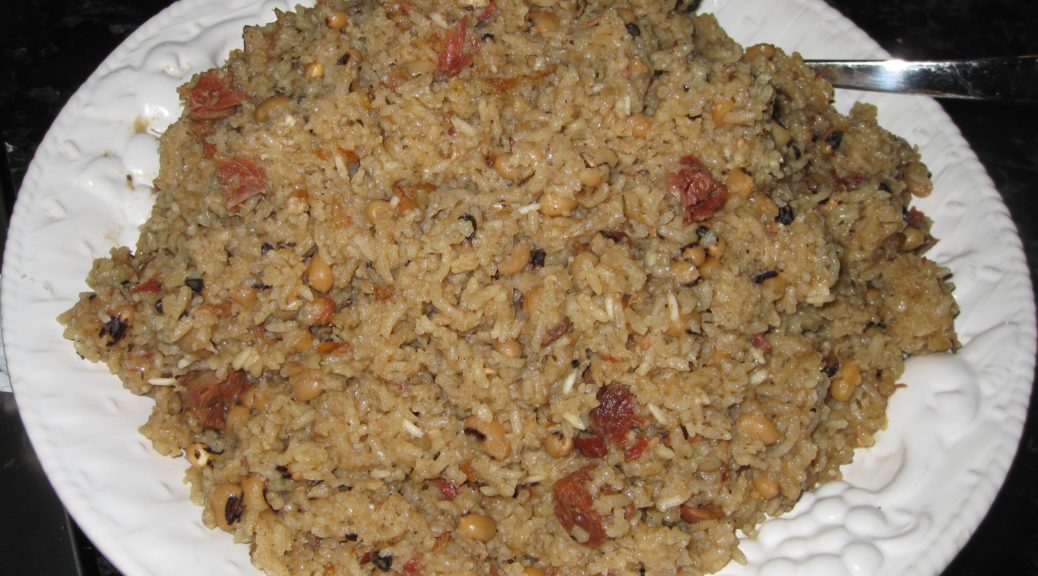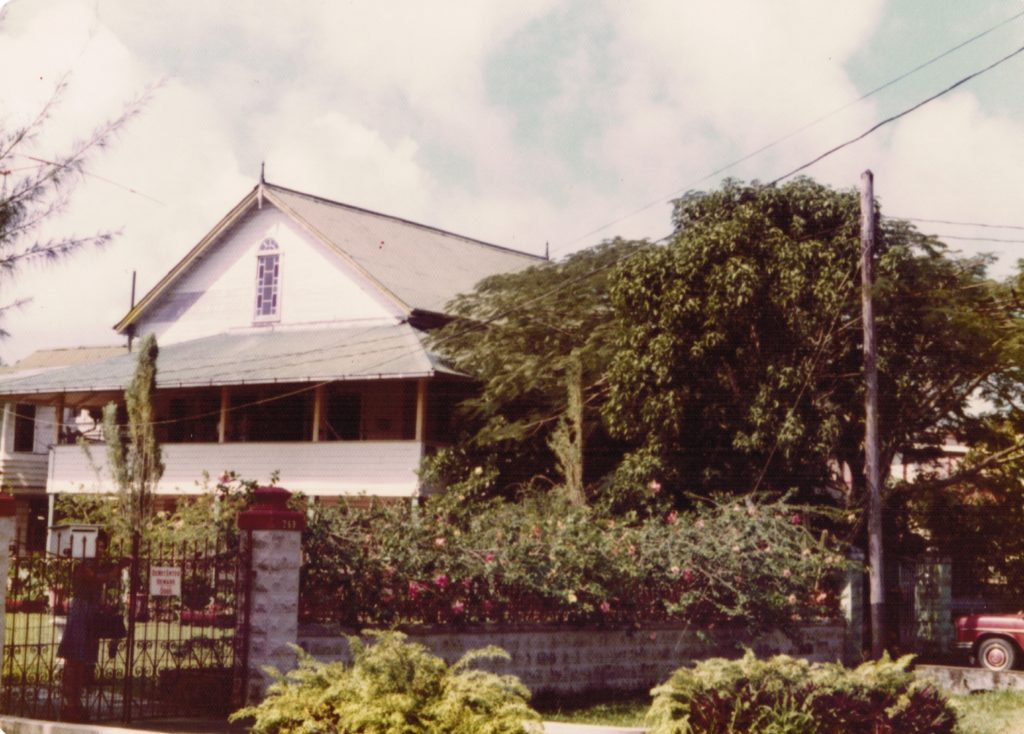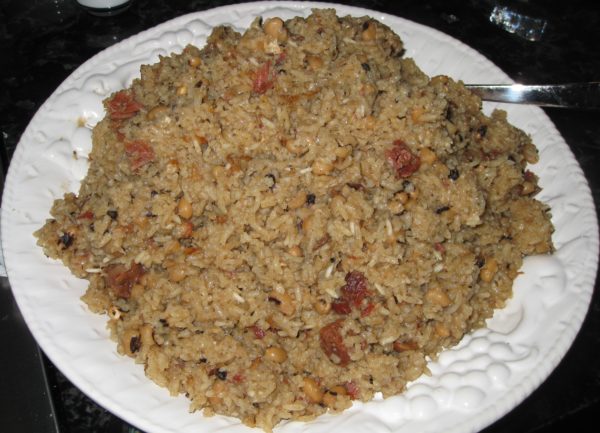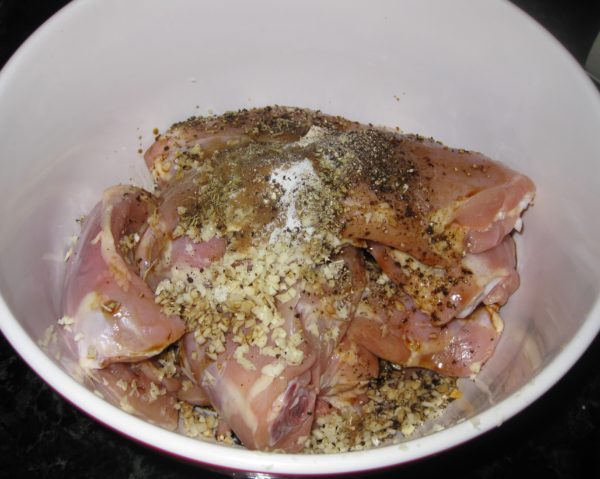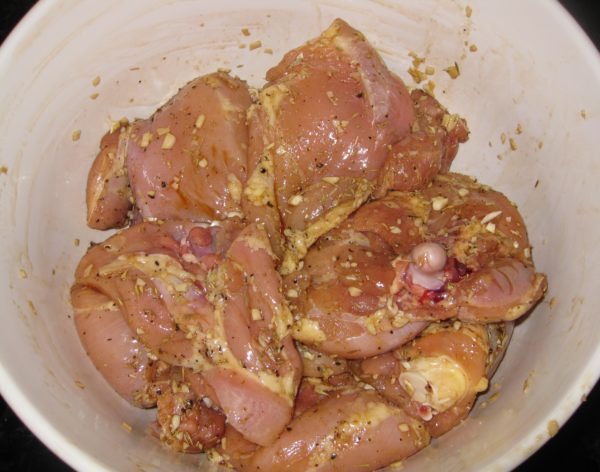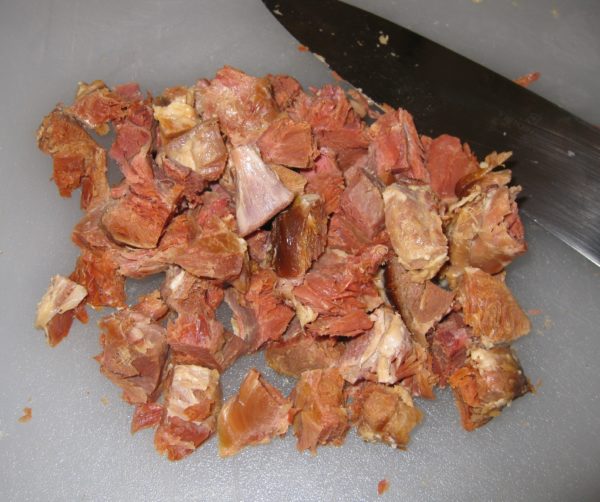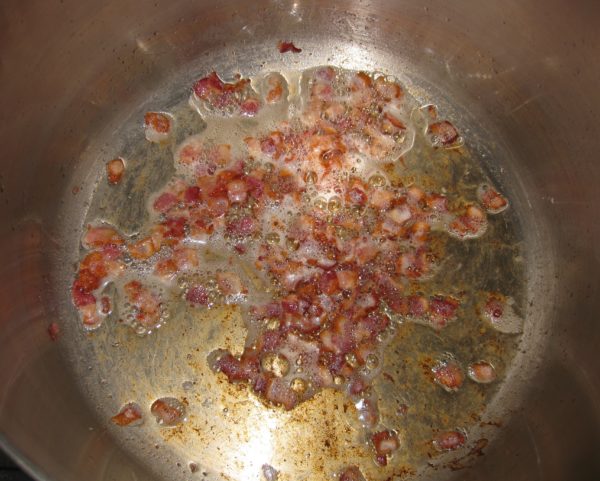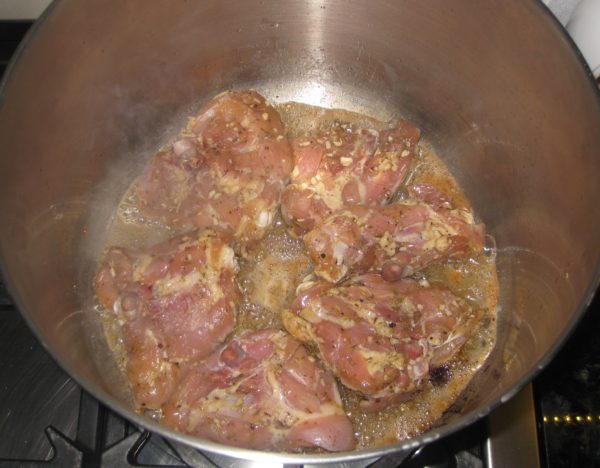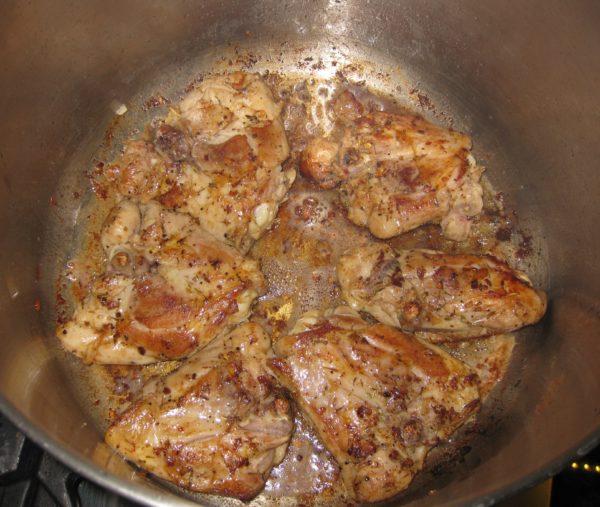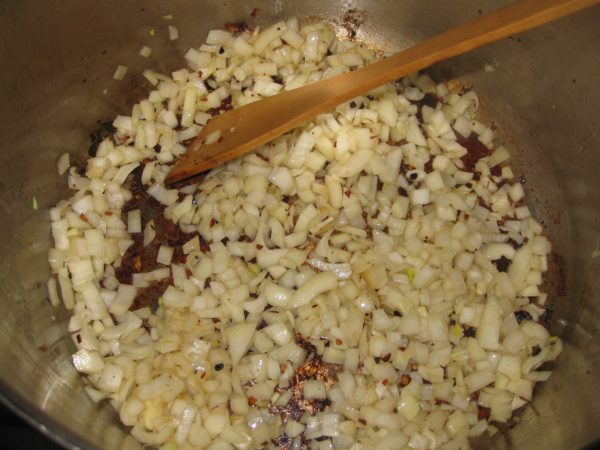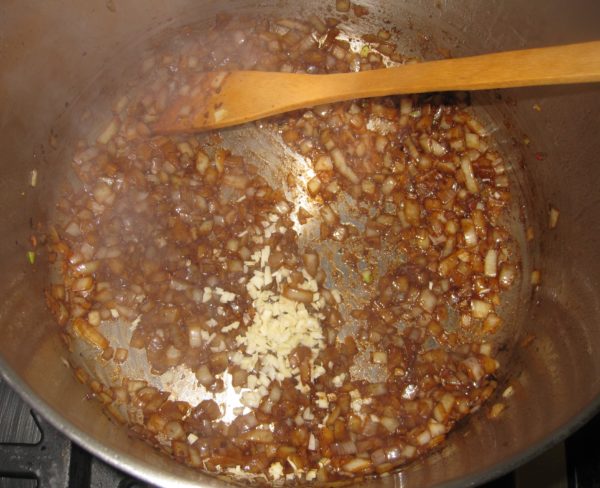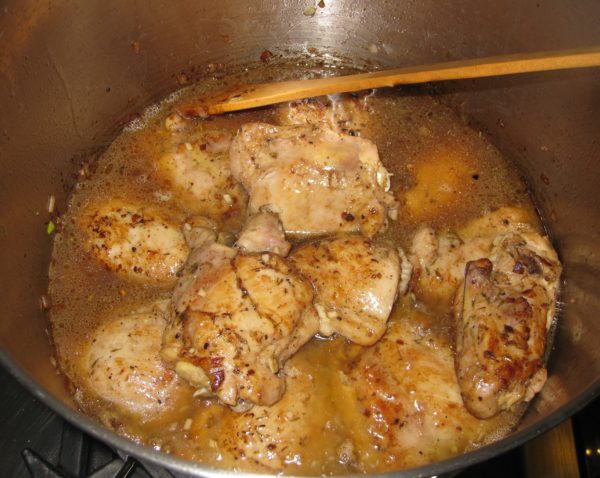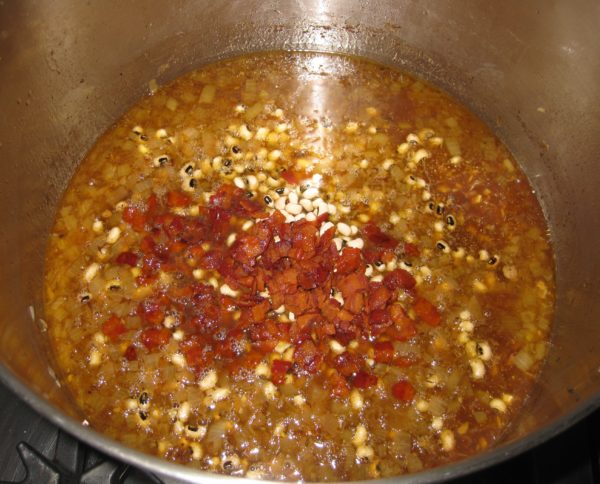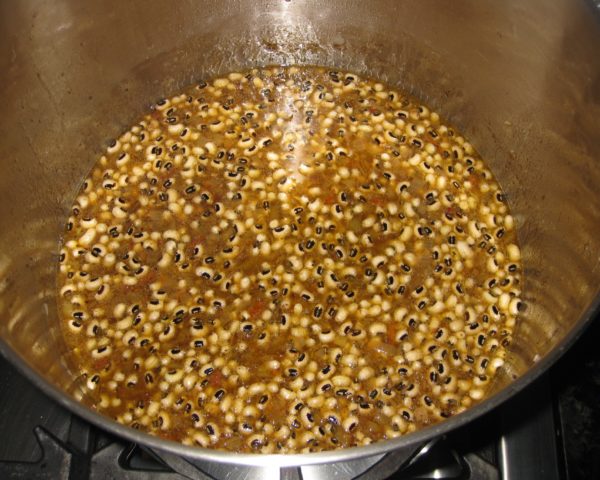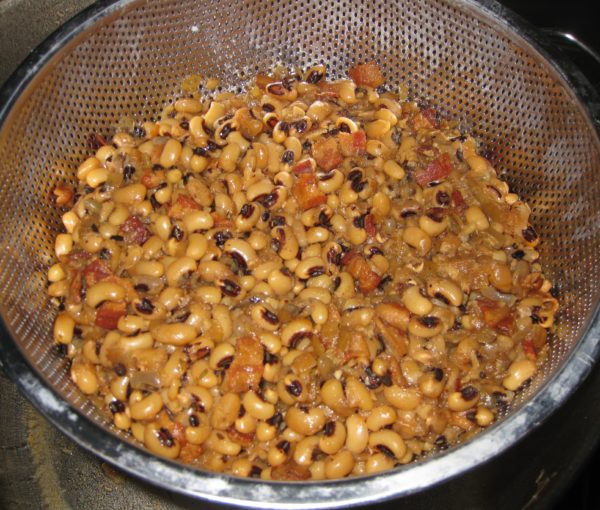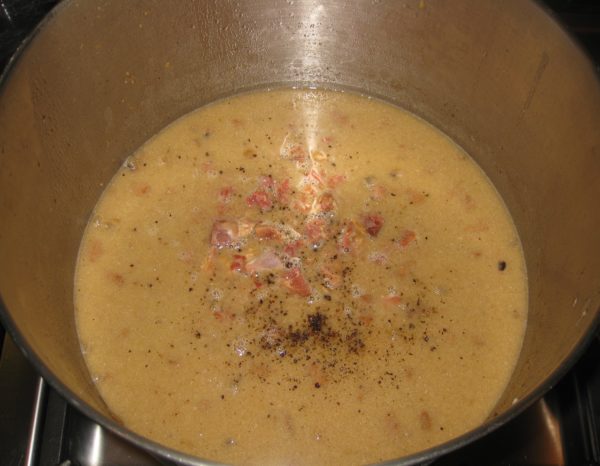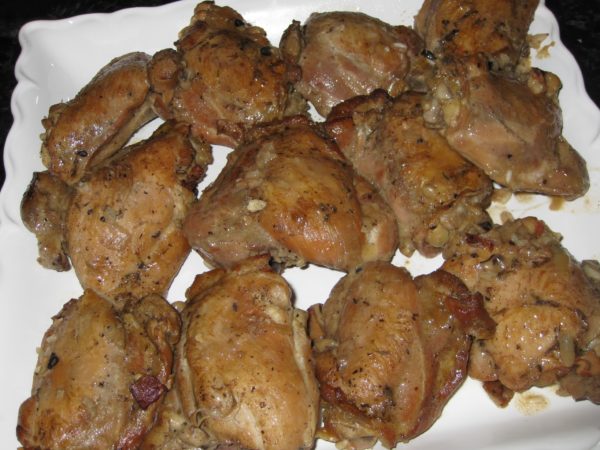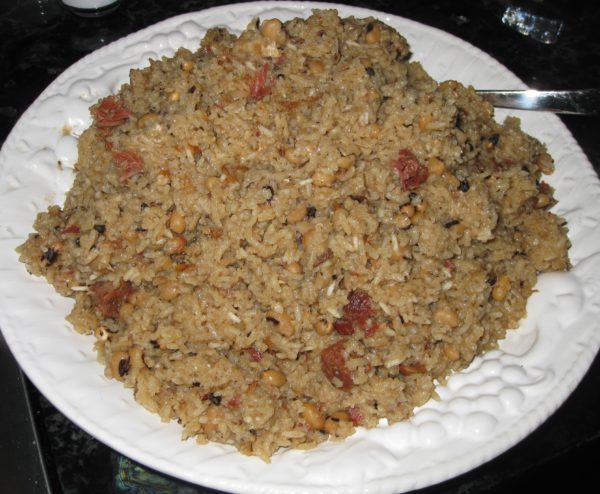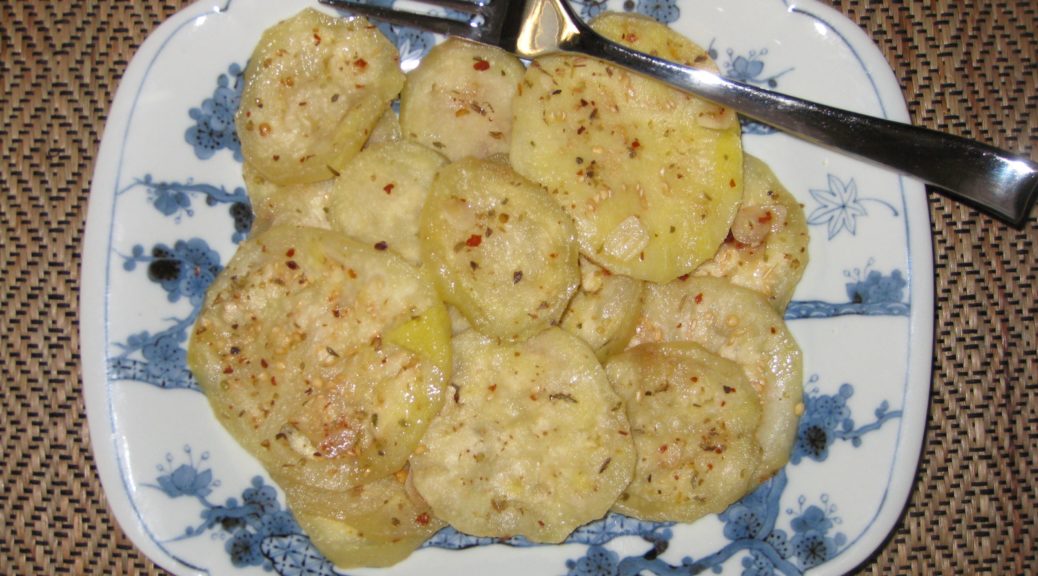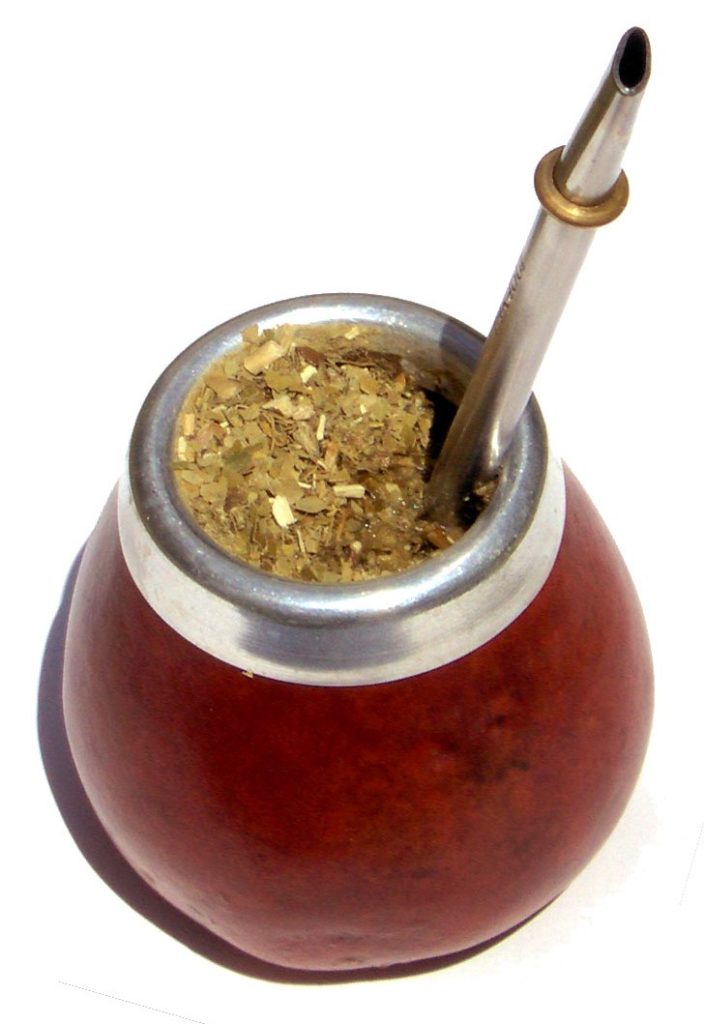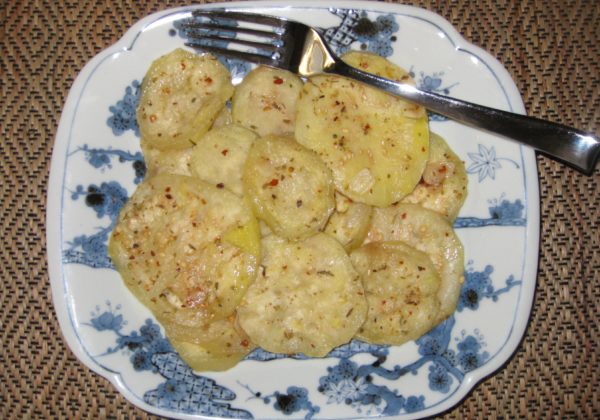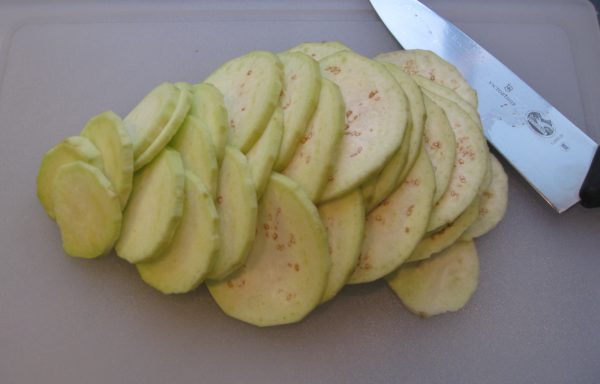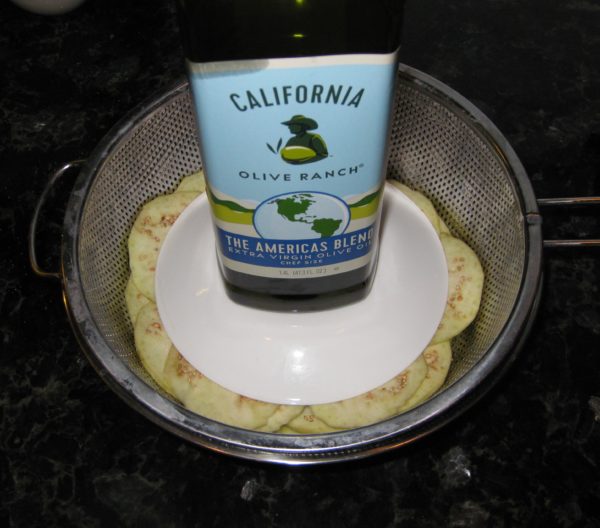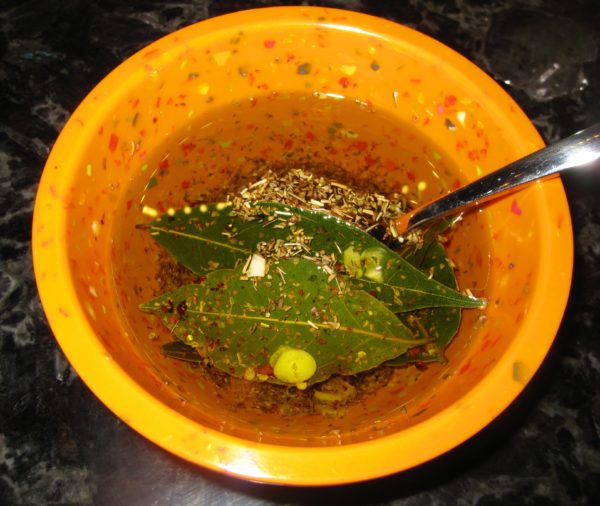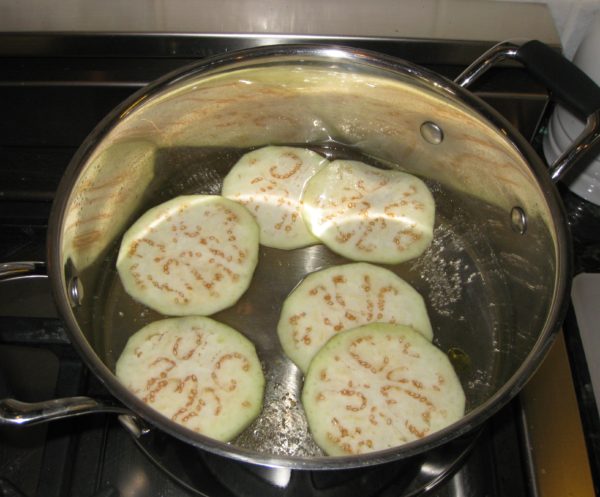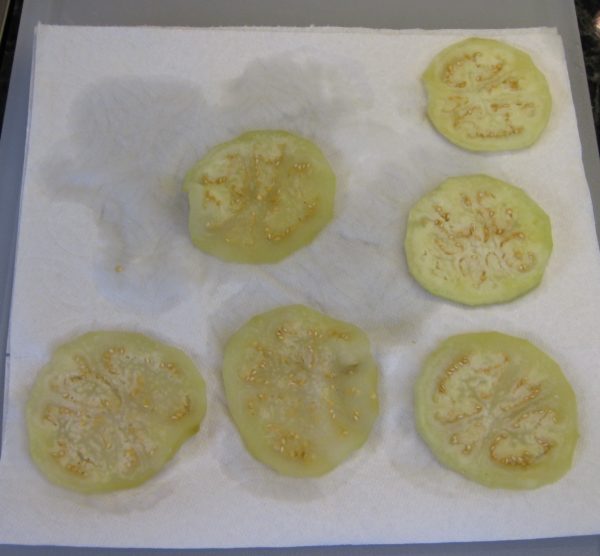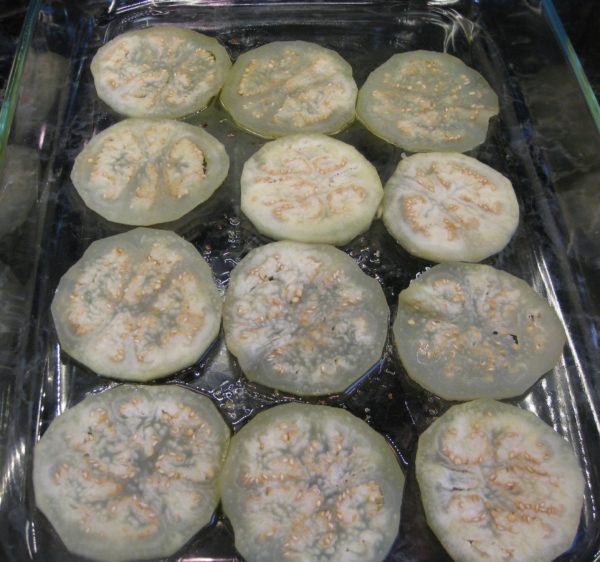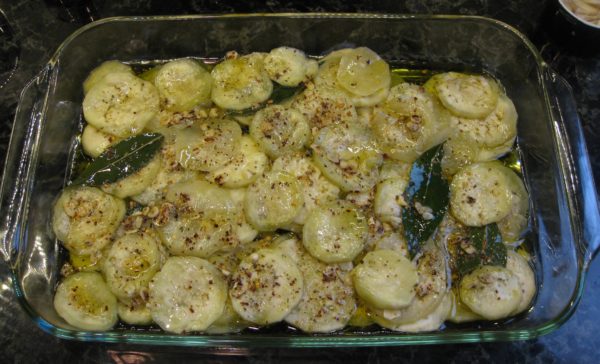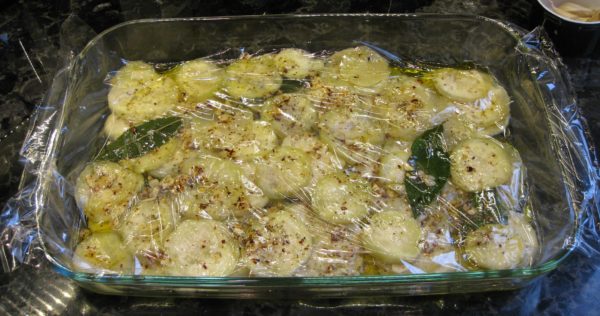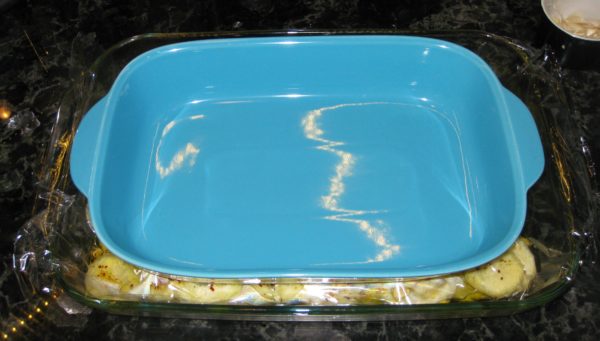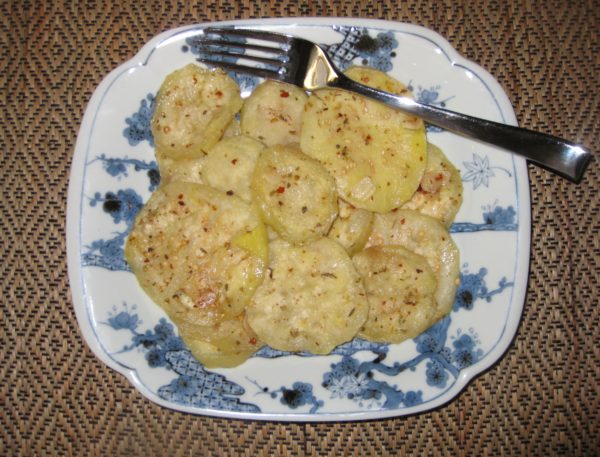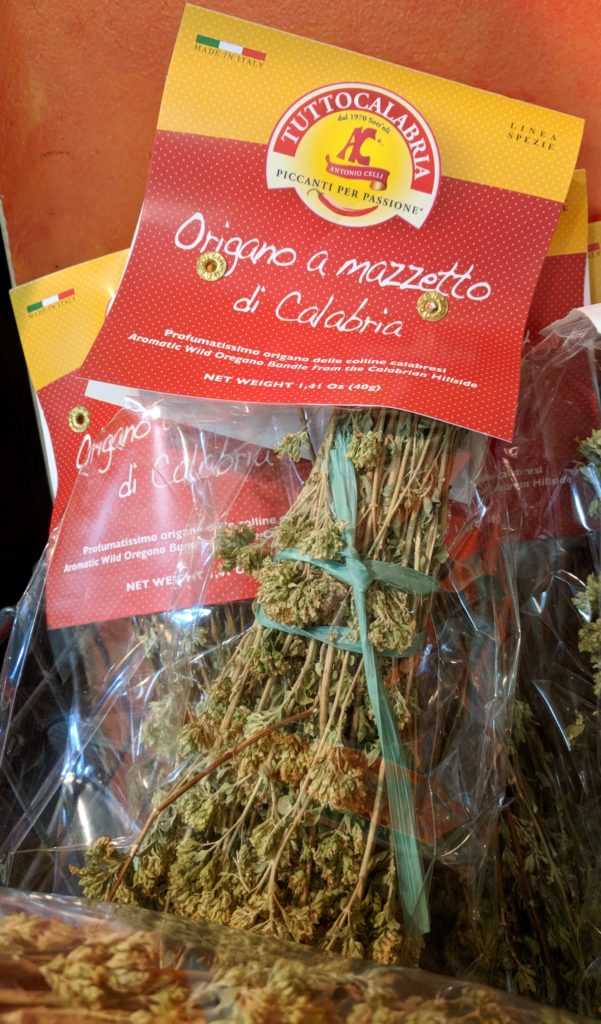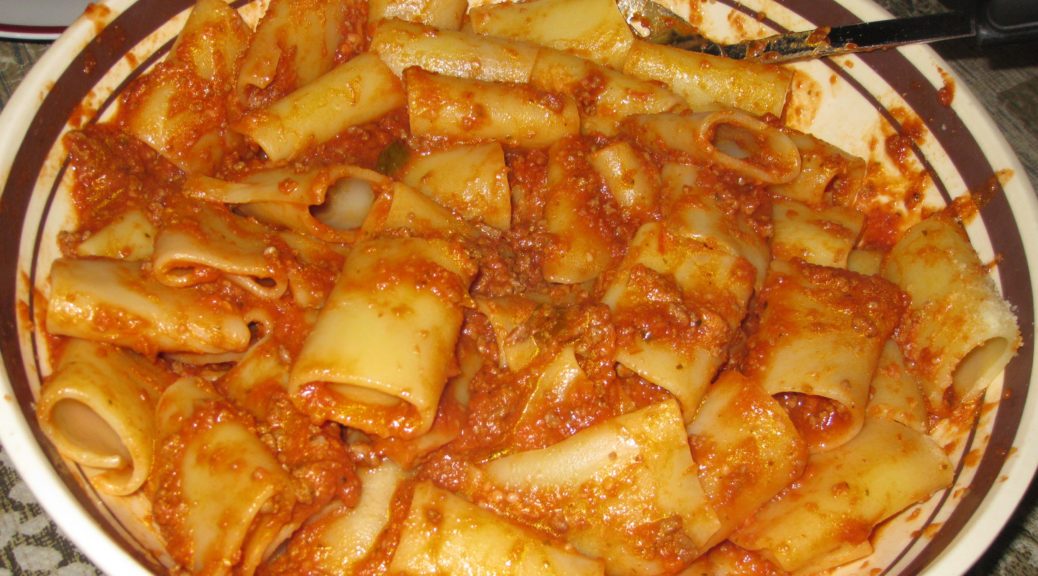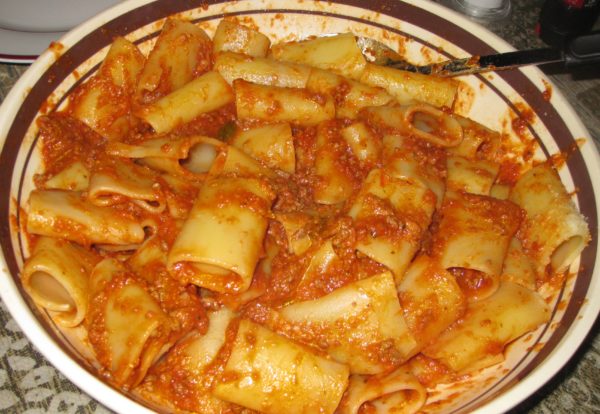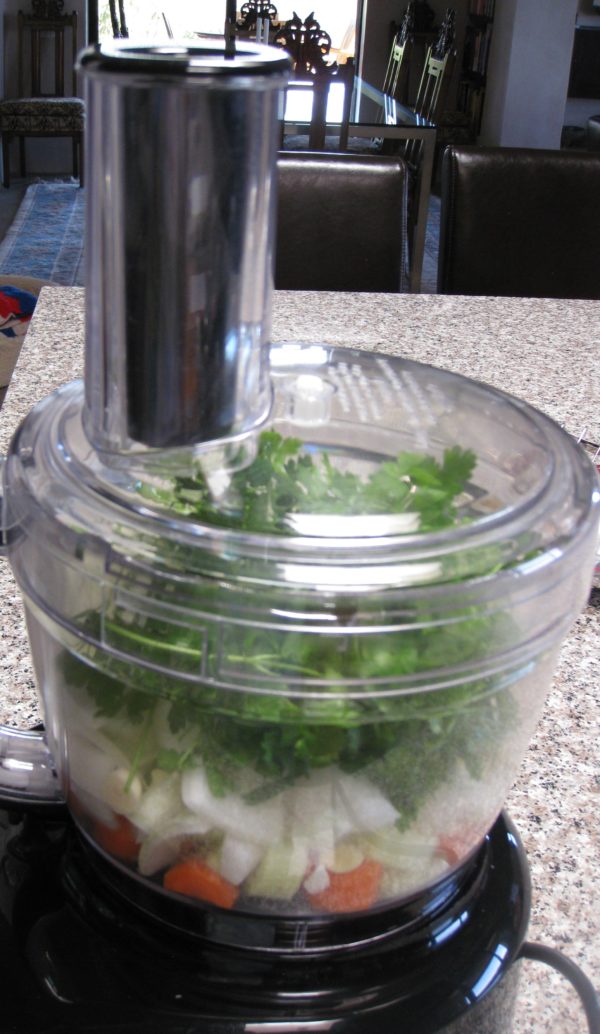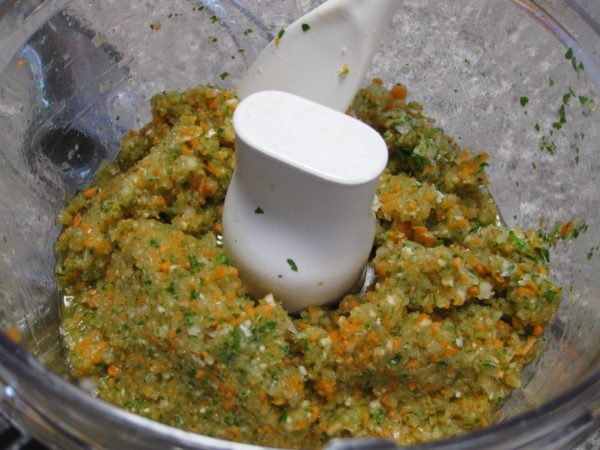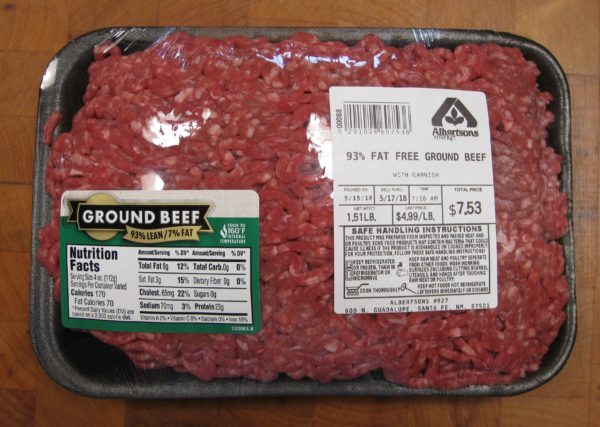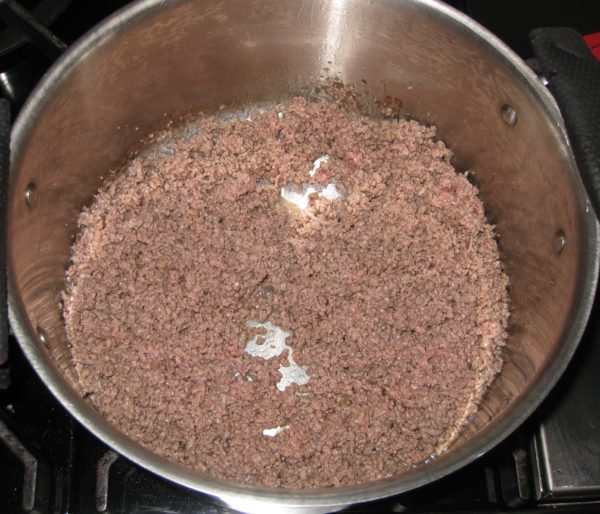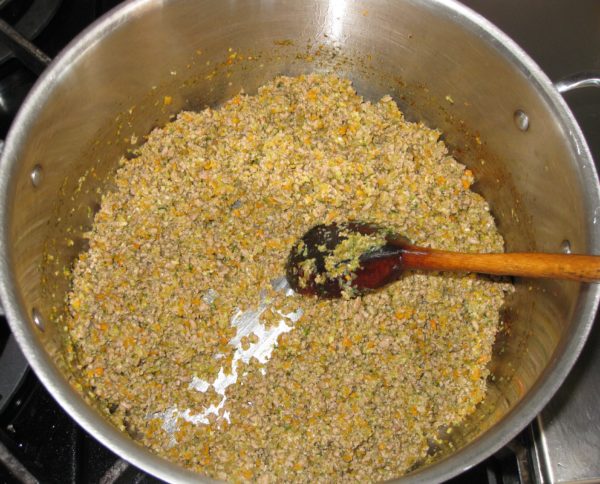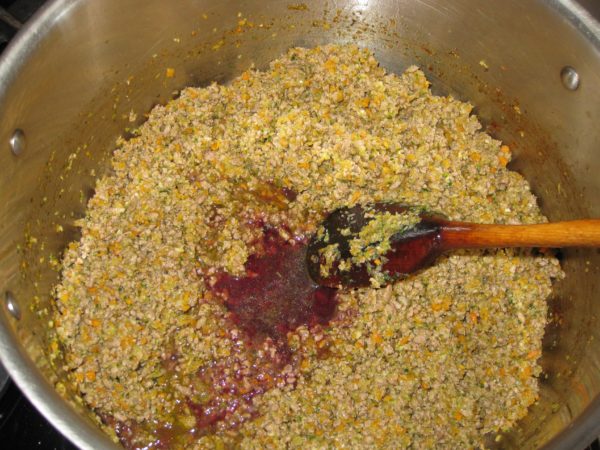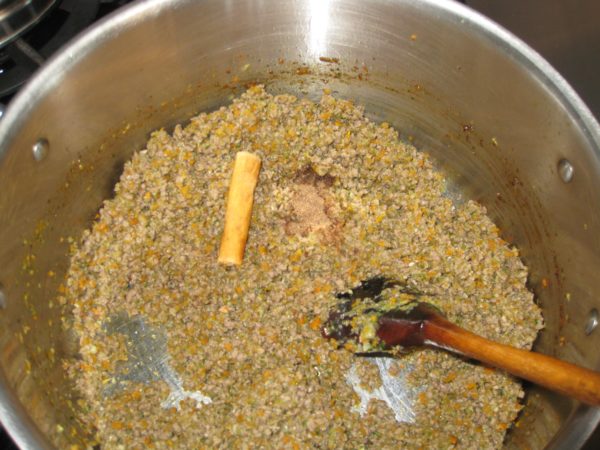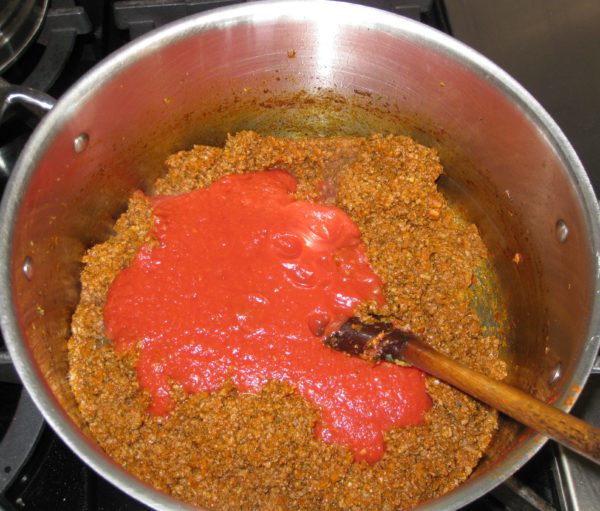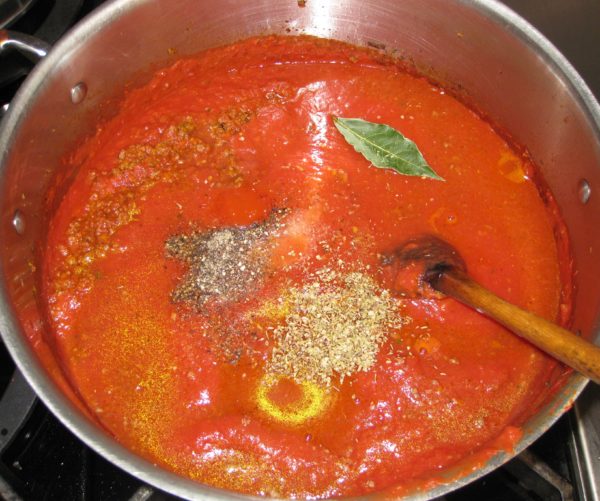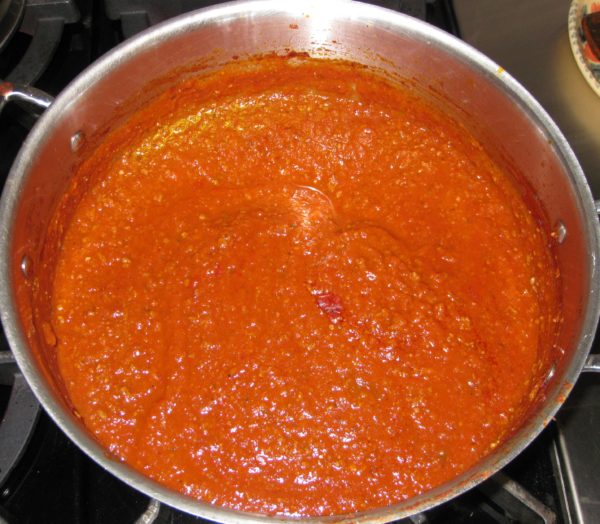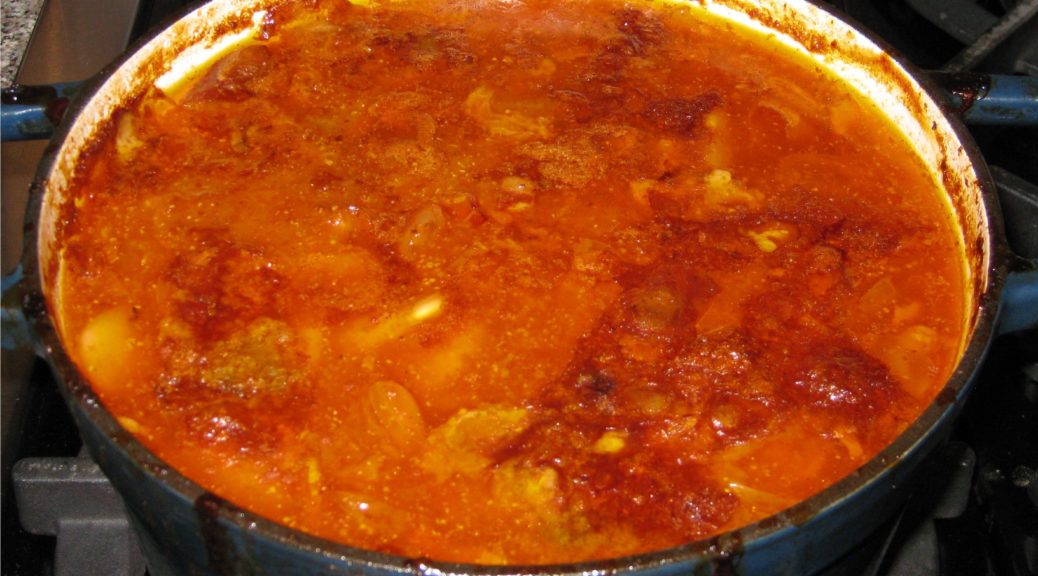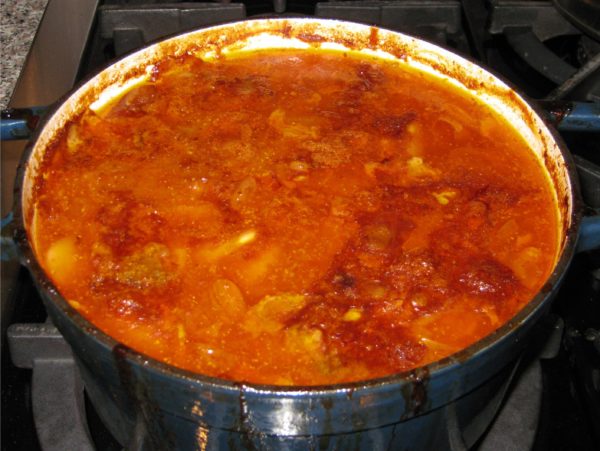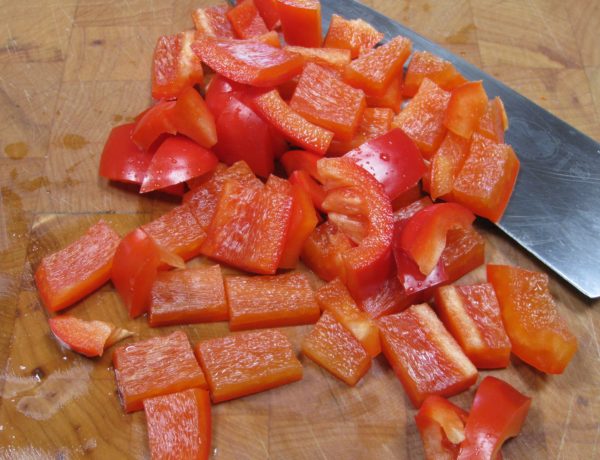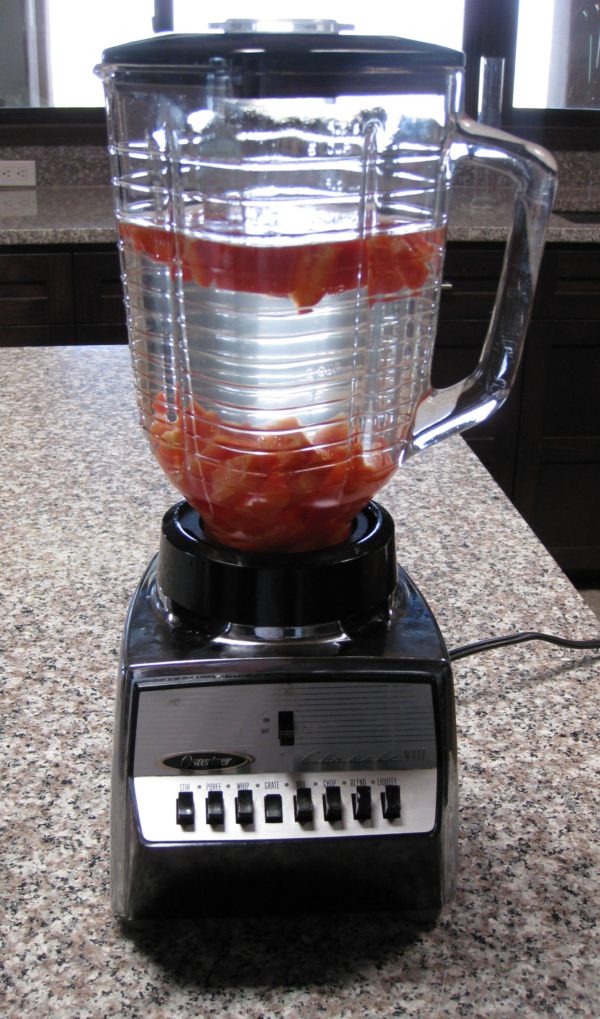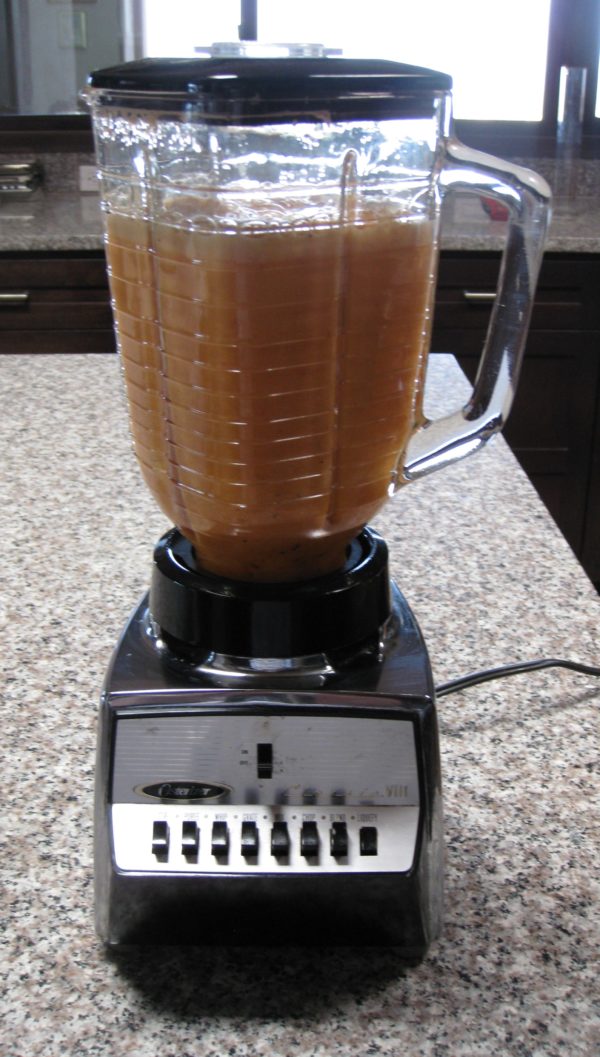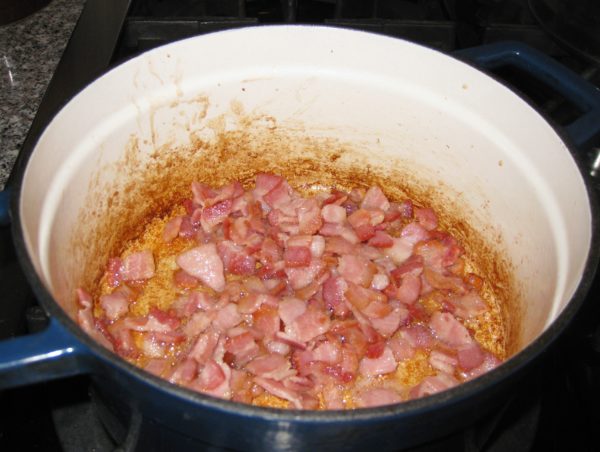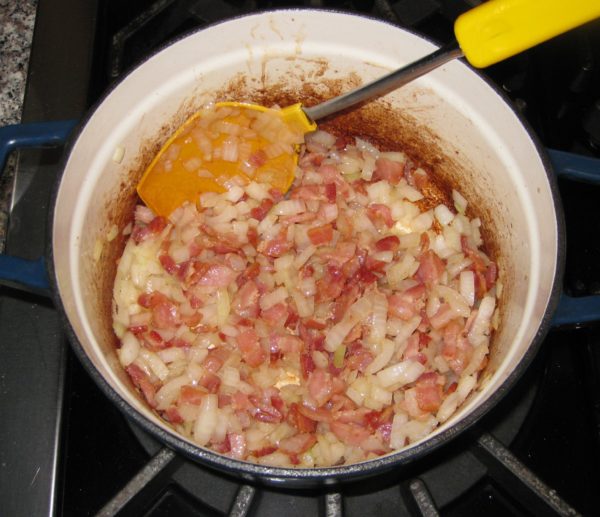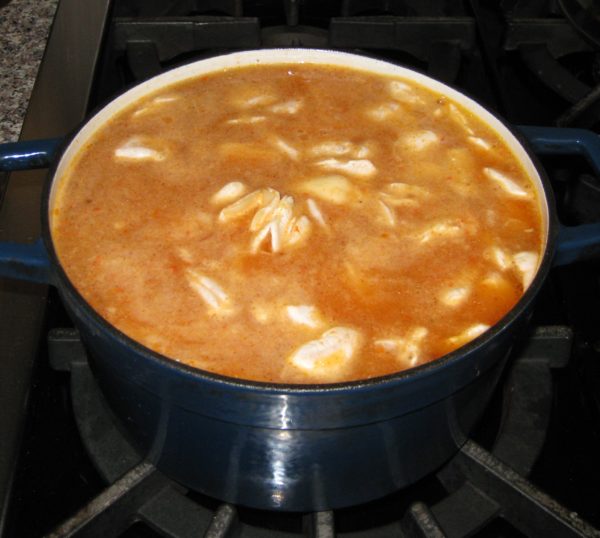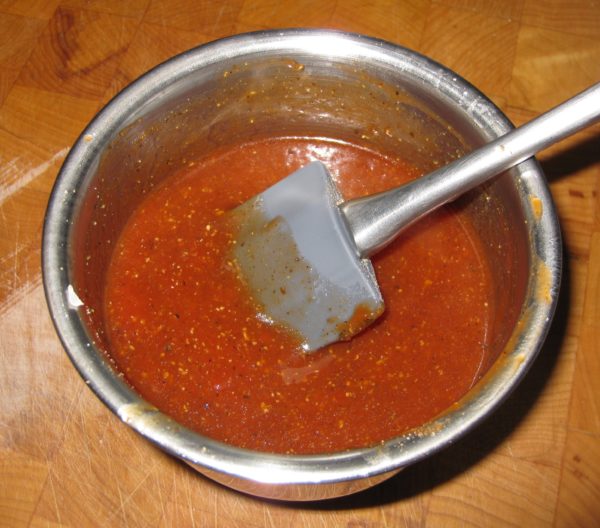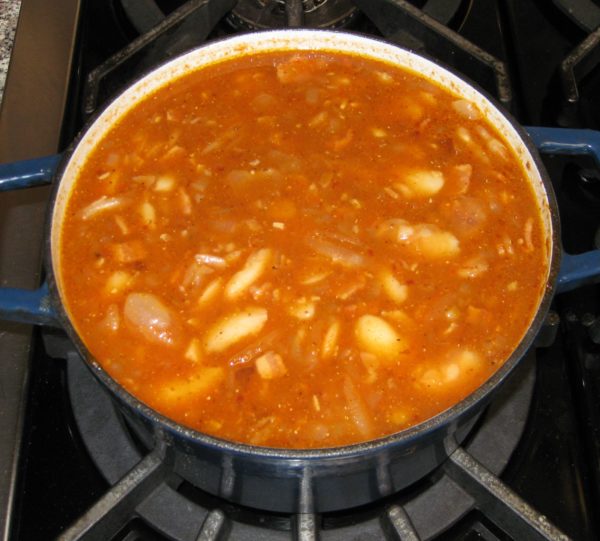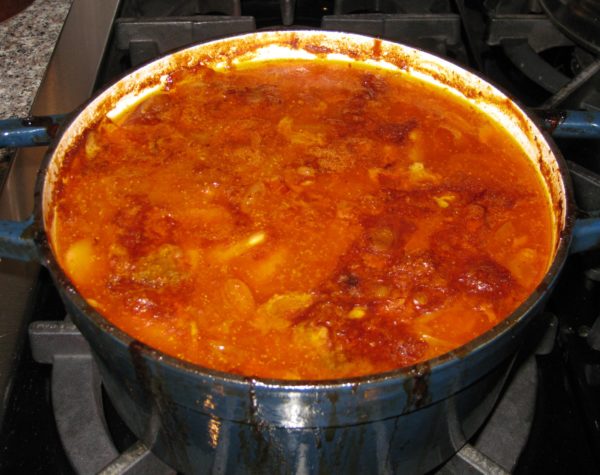25 August 2024
Spaghetti all’Assassina has been having a moment. Well, if I’m honest, it’s been having a moment for about a year and a half now, judging from the dates of various recipe posts. I was going to be early to the party given that I took the photos for this post more than two years ago! Working on my second cookbook took up most of my available time and, once again, the blog suffered.

I just began work on my third cookbook, but I have made a commitment to myself to post regularly on the blog, cookbook or no!
Join our mailing list and you’ll never miss a recipe again!
Spaghetti all’Assassina is iconoclastic, both in its name and in its preparation. It seems mostly clear that it made it into the public eye in the 1960s in Bari, the capital of Puglia, the region that occupies the “heel” of the boot that is Italy, most probably at restaurant Al Sorso Preferito. Not much else is clear.
- According to one account, chef Enzo Francavilla of Al Sorso Preferito created the dish by accident in 1967. He allegedly burned a spaghetti dish so badly that extra peperoncino (red pepper) was added to save it. It was then served to the staff who liked it so much that it became a regular dish on the menu.
- Chef Enzo Francavilla himself says he invented the dish in 1967 when two customers at the restaurant asked for pasta.
- Another version suggests that the restaurant’s owners discovered the recipe when a neighboring rotisserie closed down, tried it out, and liked it.
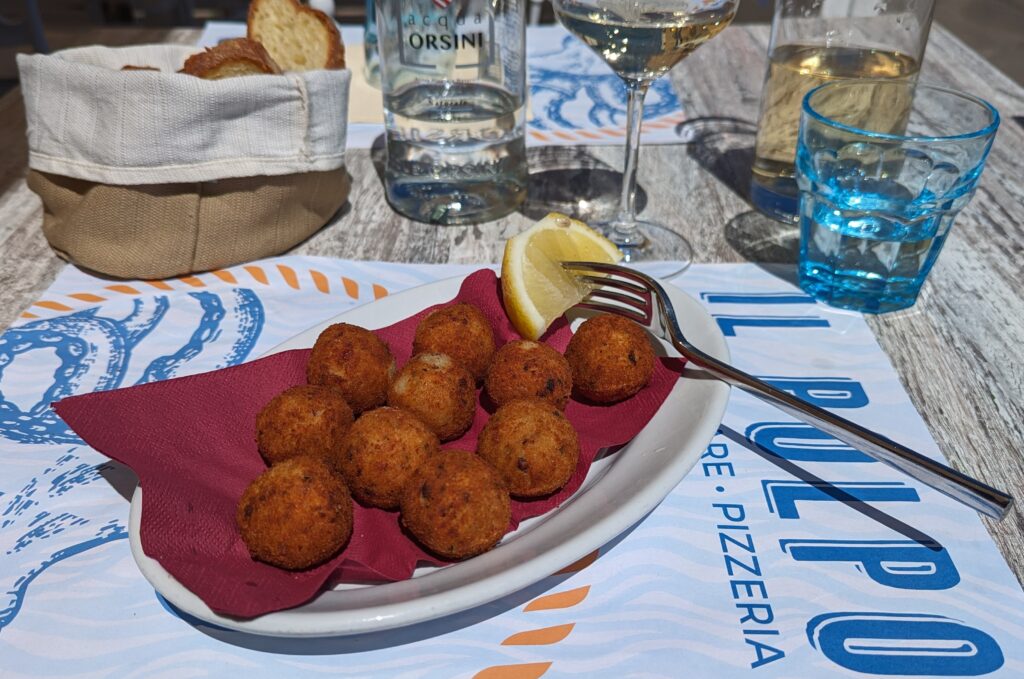
The name spaghetti all’assassina has a few potential explanations:
- It may refer to the “killing” or burning of the pasta during the cooking process.
- Some say it’s due to the dish’s spiciness, which is “killer” hot.
- One story claims that customers joked that the flaming hot spices were the chef’s way of “killing” them.
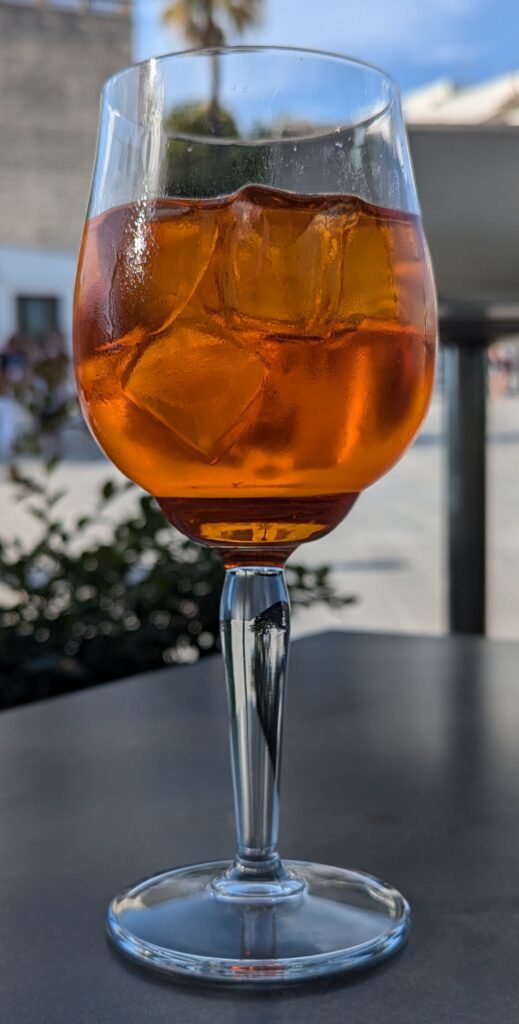
What makes this dish truly unique is its unconventional cooking technique. The process is similar to making risotto. In fact, pasta all’assassina belongs to a category of pasta dishes called pasta risottata (pasta risotto-style). The pasta is not boiled but cooked directly in a pan with small amounts of liquid added, just like risotto. What differentiates pasta all’assassina is that it is cooked with the goal of caramelizing, and possibly charring, the sauce and/or pasta, unlike risotto.
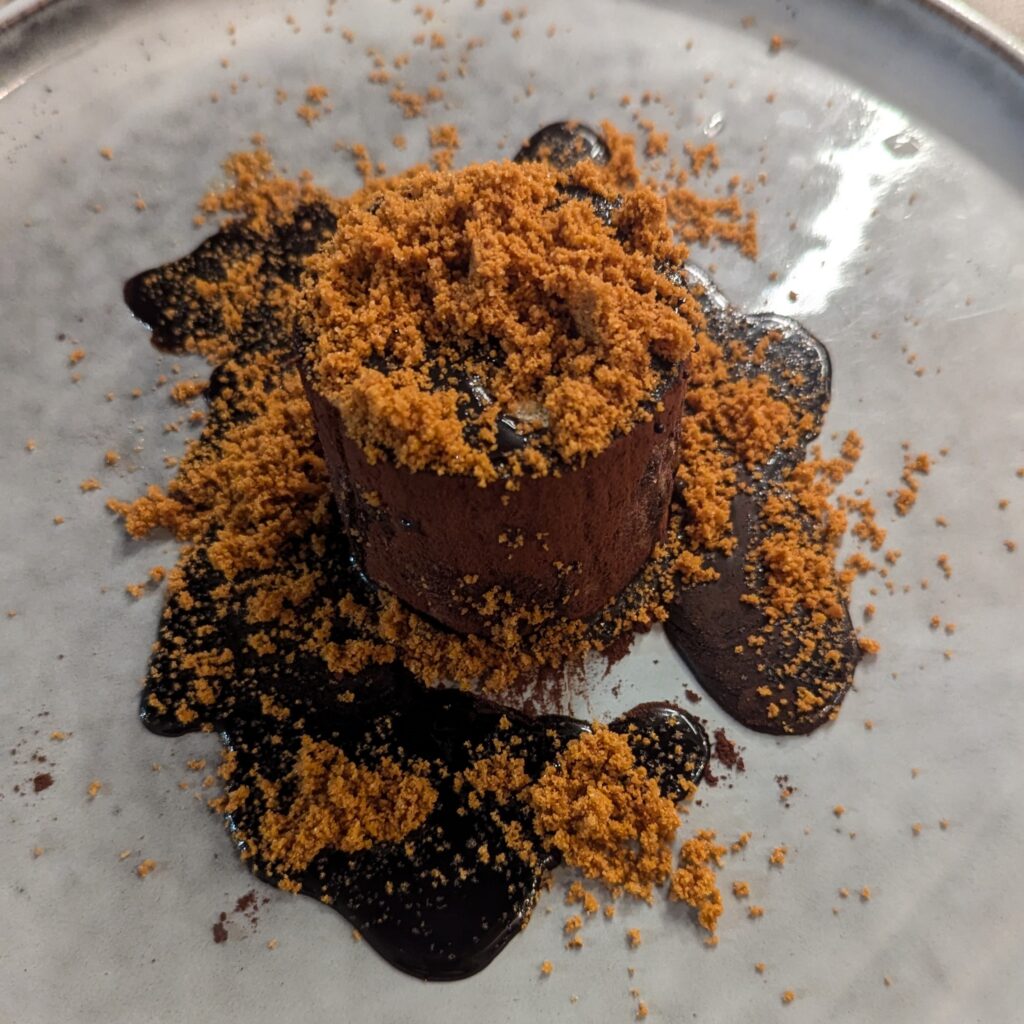
For decades, spaghetti all’assassina remained a local specialty in Bari. However, in 2013, a physicist and food enthusiast named Massimo dell’Erba created a Facebook group called Accademia dell’Assassina (Academy of the Assassin) to promote the dish. This social media presence helped spread awareness of the dish beyond Bari both in Italy and internationally.
There are several variations of spaghetti all’assassina that have emerged over time.
Variations on the traditional recipe include:
- Spiciness can vary from very spicy to mild. Note though, that the food in Puglia is not traditionally spicy so a “very spicy” pasta dish from that region would not really be very hot for true chileheads.
- Charring can range between a deeply charred, even burnt, pasta to just a light browning of the sauce.
- Tomato intensity varies due to the amount of tomato and type of product, typically tomato paste vs. tomato puree (passata in Italian).
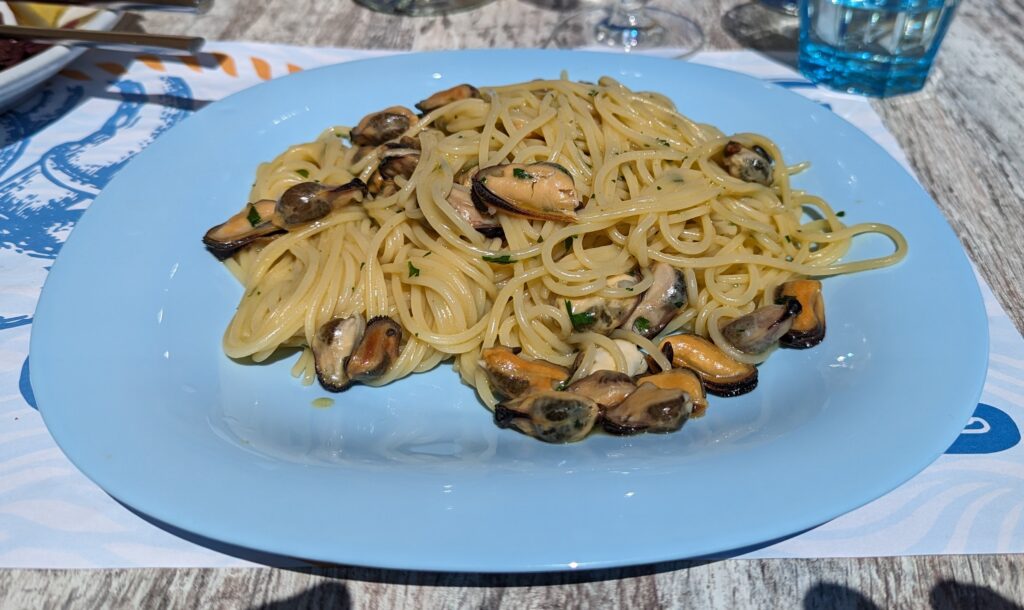
Some chefs have adapted spaghetti all’assassina by adding other ingredients such as broccoli rabe, seafood, fried olives, cherry tomatoes, and stracciatella cheese.
In May of this year, I had the opportunity to eat spaghetti all’assassina in Puglia, the region where it originated. I made two trips to the town of Alberobello. On the second trip, Ryan Castillo, a chef friend from Rome made a reservation for me at restaurant Siné. The trip lasted four days and I ate three days in a row at the restaurant. The only reason it wasn’t four days is that they are closed on Wednesdays! I obviously loved the food. Alberobello is a heavily touristed town so to find a restaurant that makes great food not aimed specifically at the tourist crowd is very welcome.
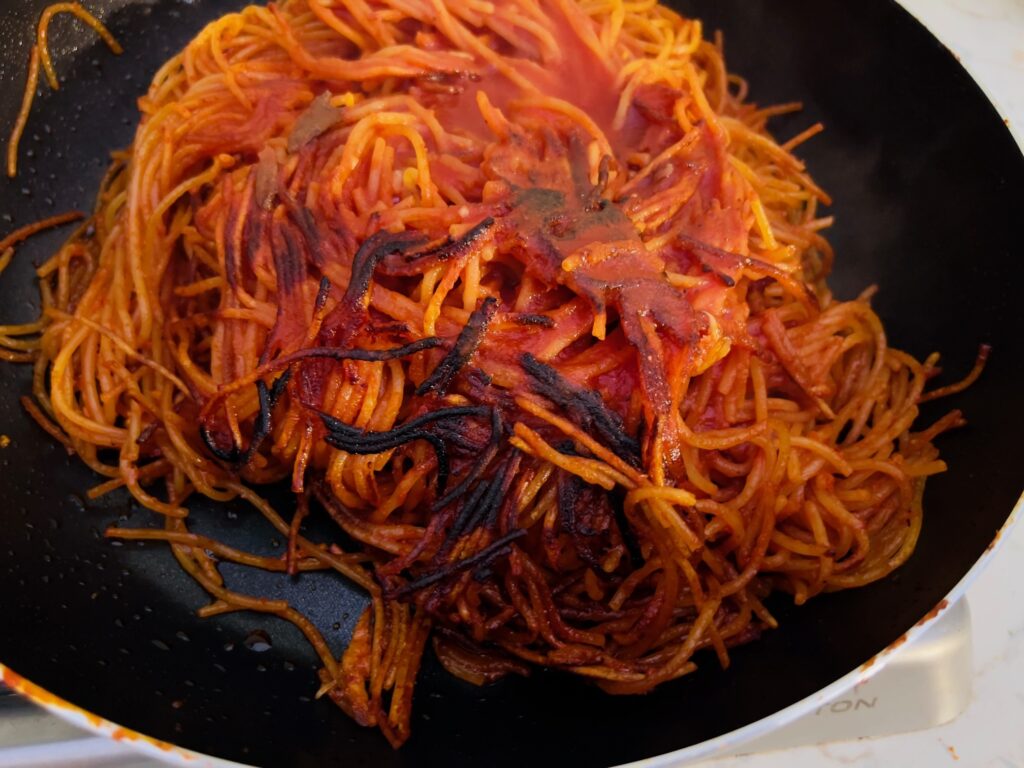
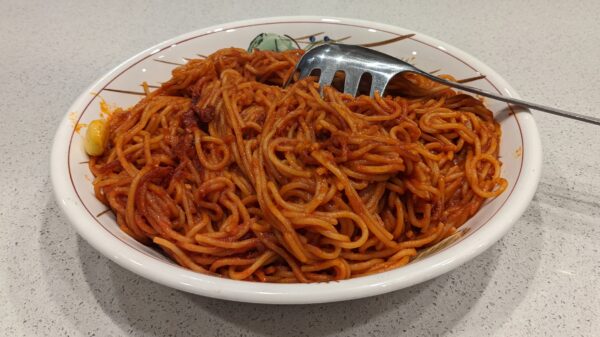
| Prep Time | 15 minutes |
| Cook Time | 30 minutes |
| Servings |
people
|
- 700 g passata (tomato puree) divided (one standard bottle of Italian passata is 700 g)
- 900 g water
- 60 g tomato paste
- 2 teaspoons salt
- 100 ml extra virgin olive oil plus more for finishing
- 4 cloves garlic 2 minced and 2 whole
- 1 to 2 dried hot peppers or to taste
- 1 1/2 teaspoon sugar
- 500 g dried spaghetti
- 35 g grated Pecorino cheese plus more for serving
Ingredients
|

|
- Remove 150 g of passata from the bottle and reserve.
- Combine the remaining passata with the water, tomato paste and salt to make a tomato “broth”. Bring to a simmer on low heat. Use some of the water to rinse out the jar to remove all the passata.
- Meanwhile heat the olive oil in a large sauté pan, preferably one that is large enough in diameter to hold the spaghetti flat. Add the minced and whole garlic and sauté until fragrant.
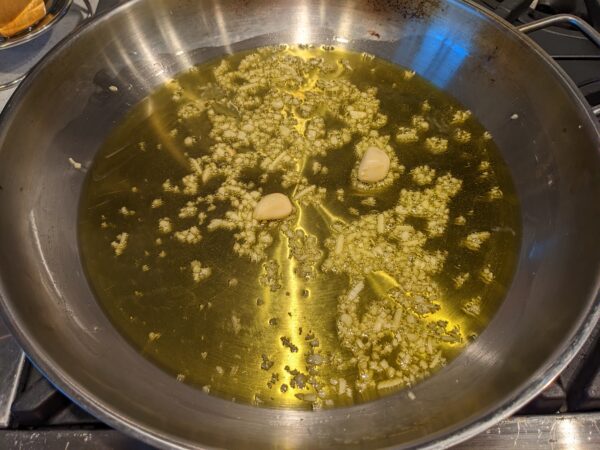
- Add hot pepper, sauté briefly.
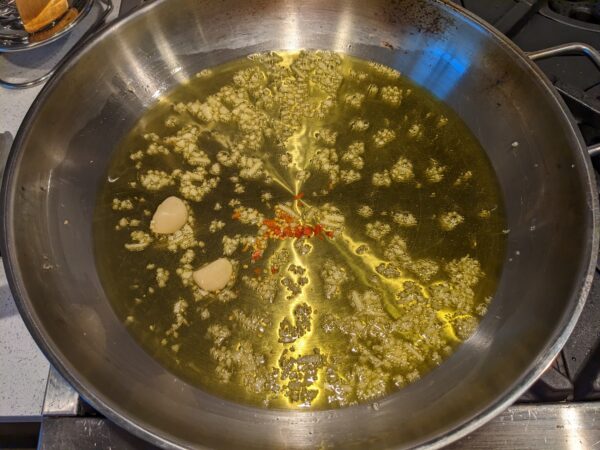
- Add the reserved passata and sugar.
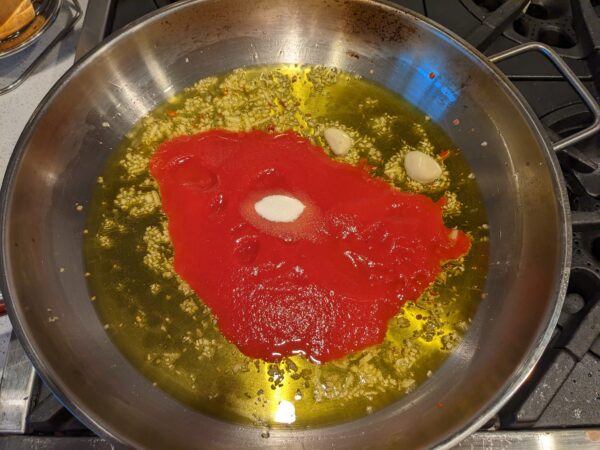
- Cook until much of the liquid has evaporated and the passata has darkened somewhat.
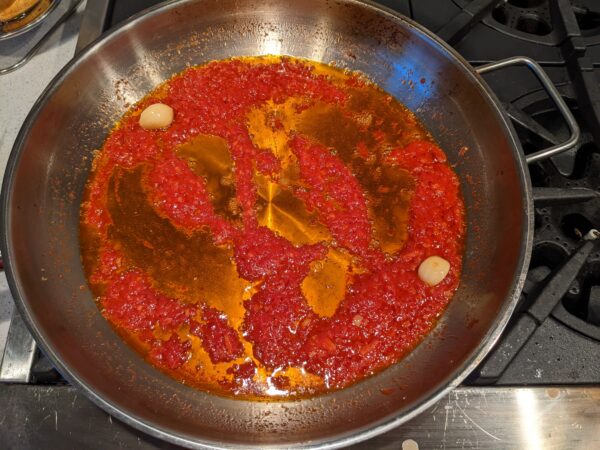
- Add the spaghetti, fanning it out. Add a ladle or two of the broth and cook on brisk heat until almost completely absorbed, frequently pushing the spaghetti around to keep it from sticking together.
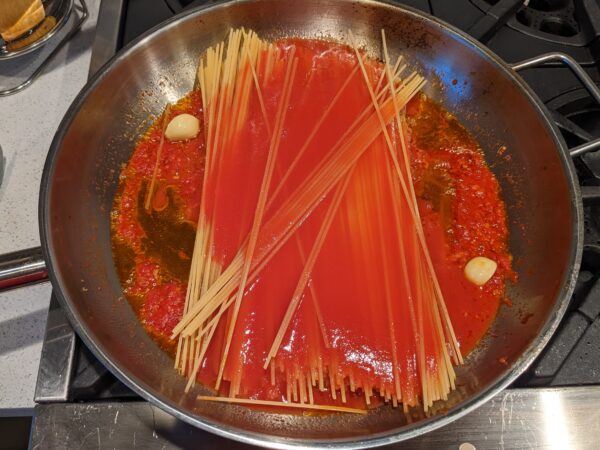
- Proceed in this way, adding broth a bit at a time and occasionally turning the spaghetti over, until it is al dente. During this time, you should begin to notice the fragrance change toward more caramel notes.
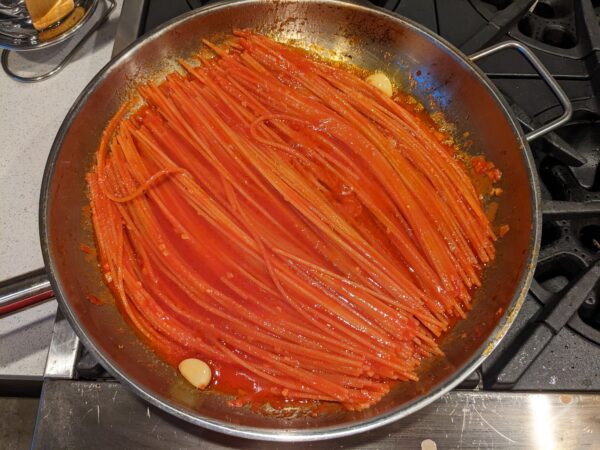
- During the last few minutes, allow the pasta to sizzle enough to create some very dark spots. Note, if there is not enough broth, bring some water to a simmer and finish cooking the pasta with that.
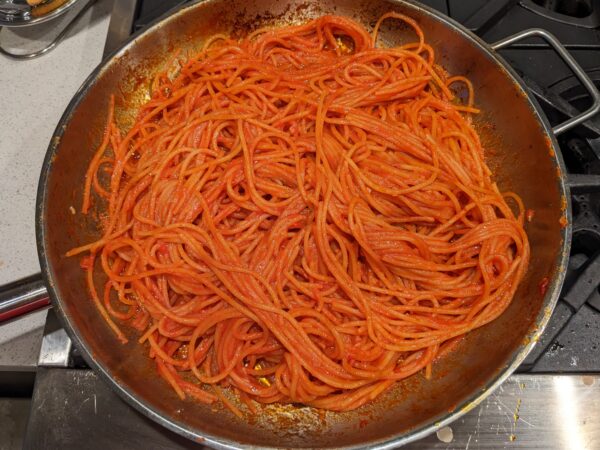
- Off heat, add Pecorino and more liquid if necessary to create a bit of sauce.
- Drizzle each serving with some additional extra-virgin olive oil and pass more grated Pecorino at the table.
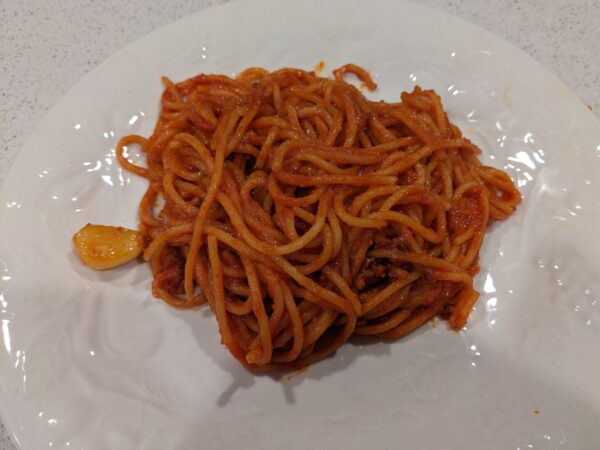
Copyright © 2024 by Villa Sentieri, LLC. All rights reserved.

